It was inevitable. Viltrox has proven to be an aggressive new player on the lens market that isn’t afraid to take some risks, and they have been steadily stepping up their game in terms of build and autofocus. They started with the safe, traditional focal lengths, (roughly the equivalent of 24mm, 35mm, 50mm, and 85mm on full frame), but more recently have taken on a wider angle of view in the Viltrox AF 13mm F1.4 STM, a lens I considered perhaps their best yet in my review. But now they are pushing the boundaries into more extreme (and premium) territory with the release of their newest lens: the Viltrox AF 75mm F1.2 STM. This is an APS-C lens, so the crop factor of the camera it is mounted on will affect its apparent aperture. The Viltrox Pro 75mm is first being released on Fujifilm’s XF mount, which has a crop factor of roughly 1.5x (just a bit more, actually), which will make it behave something like 115mm on a full frame camera – a very, very intriguing focal length for portrait work, particularly with that extremely wide maximum aperture.
Viltrox’ maturation in autofocus design has never been put to the test more than on the Viltrox Pro 75mm. A lens with this long of a focal length and this wide of an aperture will be working with very narrow depths of field in many situations, which means that even a little misfocus will be very obvious. I’ve had the privilege of using Fuji’s latest and greatest to do this review on – the new Fujifilm X-T5, so its a great opportunity to see what both Fuji and Viltrox have been able to accomplish here.
The Viltrox Pro 75mm is the first in Viltrox’s new flagship “Pro Series”, and as such it comes with some new premium features like weather sealing, something I’ve been looking for from Viltrox as the next level in their progression. They are also claiming near APO levels of correction for chromatic aberrations, which is impressive in a lens with this wide of an aperture. This lens has a tremendous amount of “bite” even at F1.2, and at its best the lens produces images that look much, much more expensive than the price tag suggests.
It’s a bold step for Viltrox, and in this review we’ll explore whether or not they’ve successfully navigated to this next level of lens build and performance. The MSRP as it comes to market is $549USD (though if you buy it from the Viltrox store and use code DUSTINABBOTT you can get 10% any Viltrox product, including this lens), which makes this lens an absolute bargain. We’ll break down the strengths and weaknesses in this review, though I’ll warn you that there are far more of the former than the latter. If you prefer to watch your reviews, you can check out my definitive video review…or just keep reading.
Follow Me @ YouTube | Patreon | Instagram | Facebook | DA Merchandise | Flickr | 500px
Thanks to Viltrox for sending me an evaluation copy of the 75mm F1.2. I’ve used the new Fujifilm X-T5 for this review, which was kindly loaned to me by Fujifilm Canada. As always, this is a completely independent review.
Viltrox AF 75mm Build and Handling
As noted in the intro, Viltrox is trying to move up into the next level of lens design, and that shows up here in the design and features of the AF 75mm F1.2. Viltrox lenses have always felt a little more premium than their price points suggests, but this is the first time that the reality of the lens is also premium.
This is a great aesthetic match to Fuji lenses, and looks very much like some of their more premium designs. This is a fairly big lens that would look at home on a full frame camera, and definitely towers over their Fuji X-mount 33mm and 56mm F1.4 lenses:
It is 87mm/3.42″ in diameter (leaving a large but common 77mm front filter thread) and is 101mm/3.98″ in length. It weighs 670g or 23.6oz. This is definitely a fair large lens for APS-C and is slightly larger and heavier than, say, the Fujinon 90mm F2 LM WR (my review here). To be fair, however, the F1.2 aperture is a good one-and-one-thirds larger than the F2 aperture on the 90mm lens. I don’t find the lens particularly heavy, but my wife complained about the weight. Your feelings on the weight of the lens will obviously have a lot to do with your tolerance for weight in lenses.
For me, personally, the performance of the lens makes the weight well worth it.
The design language is consistent with what I’ve seen from Viltrox recently, though now we have a “PRO” badge on the side rather than the “C” or “DF-RBW” that’s been on the side of some of their lenses. Also new here is the AF/MF switch on the side, which is something that we often don’t see with first party Fuji lenses. I always prefer having an AF/MF switch on the lens as the most direct and logical way to control that function.
I also spotted a new “Viltrox” badge on the upper right side of the lens, and it feels like a nice balance to the Pro badge on the opposite side.
The aperture ring is pretty standard for recent Viltrox lenses, with a clicked aperture ring that features detents at each one third stop. There is an “A’ position past F22 that will allow you to instead control aperture from within camera if you aren’t an aperture ring person. There is no declick option, but the aperture otherwise works well. You will see a little bit of “stepping” if you try to aperture rack due to not having the declick option.
The manual focus ring is made of metal with tight ribbing. It moves smoothly and with nice damping, though the manual focus experience is marred somewhat by some stepping from the focus motor. You don’t have completely completely smooth movement as there is a slight feeling of focus moving in small sections rather than one continual movement.
We finally have weather sealing on a Viltrox lens! There is a nice, thick gasket at the lens mount, and Viltrox calls the lens “dust-proof” and “moisture-proof”. This is a thorough weather sealing, too, with nine seal points showing in the cutout diagram here:
This is an internally focusing lens, so there is nothing that moves where dust might intrude. There’s also an HD-Nano multilayer coating on the front element to help with water and fingerprint resistance, making the front element easier to clean. As always, however, “moisture-proof” does not mean “water-proof”, so don’t go crazy!
Viltrox continues with a trend that other lens makers are now imitating by including a USB-C port in the lens mount that allows you to do firmware updates right to the lens. I’m a fan of this approach, as it eliminates the need for a separate dock or lens station for firmware updates, and I find the process a little more intuitive than even doing firmware updates through the camera. This allows Viltrox to future proof their lenses and continue to improve them through firmware.
There is no image stabilization, so I relied on the IBIS from the Fuji X-T5. I felt like IBIS for stills was pretty good, but video felt more jumpy than what I saw using Fuji lenses. I could get pretty decent results in and around 1/10th of a second, which isn’t bad on such a high resolution body like the X-T5 (40MP).
If you look in the front of the lens, you’ll find a LOT of glass!
There are eleven rounded aperture blades inside, and this is the best result I’ve seen from Viltrox in terms of keeping a nice circular shape. The specular bokeh highlights are still quite round even up to F2.8 (F1.2, F2, and F2.8 shown):
One lingering Viltrox weakness remains, and that is in minimum focus and maximum magnification performance. MFD is 88cm (nearly 35″) and the resulting magnification is only 0.10x (is this the required magnification level for Viltrox lenses?)
On the plus side the up close performance is very strong even at F1.2, so there are still opportunities to get beautifully blurred out backgrounds, though it never seems you can get quite as close as what you would like.
The lens hood is petal shaped and made of plastic. You can never quite know whether a Viltrox lens will have a metal or a plastic lens hood; they seem to switch between the two standards without much rhyme or reason. There’s nothing special about this one, but at least it is included. Also included is a lens pouched with a padded leatherette bottom that is completely copied from Canon’s L series lenses!
Beyond those few weaknesses, however, this is a very nicely executed package. The lens feels high quality in the hands, and it handles quite nicely. It’s going to be a better match to the larger Fuji bodies than the compact ones, but that should be pretty obvious. The quality feels equal to basically anything from Fuji in this class, and you can see clear evidence in the Viltrox Pro 75mm that they are learning very, very fast on how to execute a great lens package.
Viltrox AF 75mm F1.2 STM Autofocus Performance
The STM motor on the Viltrox AF 13mm F1.4 was a winner, providing some of the best autofocus that I’ve experienced with ANY lens (including native Fuji lenses) on the Fuji platform. Autofocus was fast, quiet, and smooth. I experienced the best focus pulls that I’ve ever seen on a Fuji camera, with fast, smooth focus pulls with no obvious stepping (typically a weakness for Fuji lenses). The Viltrox AF 75mm isn’t quite as impressive, but that’s probably to be expected considering the much longer focal length and even larger maximum aperture we are working with here.
The Viltrox Pro 75mm is equipped with a Lead Screw-type STM (stepping motor), which is the better of the two different STM designs. The challenge with a lens with such large elements is that they are heavier and thus require more torque to move. Major focus changes come a little slower here than what I saw on the 13mm (or on the new Fuji 30mm F2.8 Macro lens with a Linear Focus motor that I was reviewing at the same time). Smaller focus changes come fairly quickly, though, making this lens a far cry from older lenses like, say, the Canon EF 85mm F1.2L II. I was able to get good focus results with still subjects, with image after image even at F1.2 perfectly focused.
I also found that I wasn’t able to successfully keep up with action of any kind. I tried to track a sequence of Nala walking towards me, and even though I shot at a fast shutter speed of about 1/1800th, I still only had about 50% of the 28 shot sequence in good focus. Here’s one of the good ones!
Portrait accuracy was better. I took a few portrait or people shots myself, and with my more experienced hand was able to get very consistent results, but I also “modeled” for my wife because I wanted some portrait tests at different aperture values, and most of the shots from that series were well focused as well even though she wasn’t familiar at all with the Fuji autofocus system. Look at how well this shot is focused even at F1.2:
Here’s another from a little further away at F1.4:
This should work very well as a portrait lens (which should be the main reason to purchase one), and we may yet see more focus improvements via firmware since I was reviewing a pre-release copy.
Focus for casual shots turned out very well, including this strongly backlit shot of dried weeds against the rising sun.
I used the lens in a church setting to see how focus would lock on the speaker, and I found that even at F1.2 the final focus results were perfect.
Video AF was a mixed bag. In normal shots (like some of the landscape scenes I show in the video review). the Viltrox Pro 75mm felt like it did a little hunting to get to the focus spot, but was fairly solid once it arrived there. I found the same principle with focus pulls. They were relatively smooth and and fast, but there was almost always some pulsing before a final lock on the subject was achieved. Final focus, when locked, is accurate even at F1.2, but there is very little moving from one subject to another without some additional focus movement either before or after the subject.
I also found that the transitions from my face to my hand were a mixed bag. There was definitely some lag before the focus transition began, but the focus movement was smooth and without visible stepping. Having an eye to focus on probably helps somewhat. A subsequent test with the Fujinon 30mm F2.8 Macro showed none of that hesitancy, with focus back to my eye even before my hand was fully out of frame.
I stated in my introduction that this lens would present the great autofocus challenge to this new lensmaker thus far (Viltrox has only been making lenses for about four years), and my time spent with the lens has proved that statement true. This is a big maximum aperture on a fairly long focal length, and those big elements need a bit more torque than what Viltrox’s current autofocus motors are capable of. I think that some minor improvements will come via firmware updates, but Viltrox might want to consider a dual motor setup in future entries into the Pro series. On the plus side, however, the Viltrox Pro 75mm is capable of pinpoint accurate focus, and focus speed is fairly good in many applications. The lens is even better when you have an eye to focus on, and it can deliver pin-point focus event at F1.2:
The lack of torque only becomes obvious when having to make big focus changes or in some situations along the margins. I would say that I had a more positive focus experience with the Viltrox than I did with, say, the Fujinon XF 56mm F1.2 when I reviewed it. I’m not sure I would recommend the Viltrox as a video-first lens, but as a portrait and general purpose stills lens it functions just fine.
Viltrox Pro 75mm F1.2 Image Quality
Viltrox has pulled out all the stops with this lens and has included a number of exotic elements in the optical construction (4 high-refractive elements and 3 Extra-low dispersion elements), leaving an MTF results that looks quite good at F1.2 and great when stopped down to F8:
I’ve noted certain trends/areas of strength and weakness for Viltrox lenses in the past, but basically all of those priors can be thrown out with this lens. The Viltrox Pro 75mm F1.2 delivers image quality that has much more sophistication and quality than I’ve seen from any of the recent lens makers. I just finished up my review of the Samyang AF 135mm F1.8 (an awesome lens!), and in many ways reviewing the Viltrox felt like a continuation of that review. This is a lens capable of producing stunning images – like this landscape image at F1.2:
Historically a lot of Viltrox lenses have suffered from a fair bit of LoCA (longitudinal chromatic aberrations). Viltrox lenses have frequently suffered from more fringing than what I would like (particularly green fringing after the plane of focus), but the Viltrox Pro 75mm is one a whole new level of performance here, with almost no fringing to be found in either my formal tests or real world results.
The end result in a lens that feels almost Apochromatic in its design, with extremely high levels of contrast and “bite” even at large apertures.
I’m also satisfied with the control of LaCA (lateral chromatic aberrations) that typically show up along the edges of the frame with high contrast transition points. Here we can see that even at F8 there is essentially a perfect transition from black to white near the edge of my test chart.
I also found no fringing in real world images along the edges of the frame – nothing here but sharp, precise transitions in contrast. (Also spot the turkey that flew up high in a tree to get away from me!)
If we move on to vignette and distortion we find even mostly positive developments. There is next to no distortion at all (I did no correction) though vignette is heavier, requiring a +88 to correct (a good three stops in the corners).
The vignette is a little heavy, but there does seem to be a profile correction that takes place in camera, so I actually didn’t see much real world vignette. This snowy scene shows fairly bright corners even at F1.2, and that is utilizing just the camera settings that communicated on to Lightroom with the RAW image.
Other than the vignette, the Viltrox AF Pro 75mm F1.2 STM has passed our early tests with flying colors.
We’ll move on to inspecting our test chart. This test has been done on a 40MP Fuji X-T5 sensor, currently the highest resolution sensor that I’ve ever seen on an APS-C camera. This will give the lens the most demanding test available at the moment. I use a high end tripod and two second camera delay to ensure vibration doesn’t affect images. Here’s a look at the test chart that we will examine at high magnification:
If we take a look at crops (at about 170%) at F1.2 from the center, mid-frame, and lower right corner, we find that center and mid-frame performance is fantastic with the corners only lagging a little behind.
All it takes is a slight stop down to F2 to sharpen those corners right up.
By traditional landscape apertures the lens is razor sharp across the frame even on this high resolution body. Here’s a real world photo at F4 with a center and edge crop to show you detail.
There’s plenty of resolution and contrast for portrait work even at F1.2, and there’s a quality to the rendering that reminds me of much more expensive lenses that I’ve tested.
This is a rare gem where you have both extreme sharpness/contrast but also very nice bokeh. You can see from the shot above the Viltrox Pro 75mm transitions very nicely to defocus. Pure bokeh shots at closer range just completely melt away.
But I don’t mind the lens in the transition zone, either. Nothing ever seems to get overly busy, and you can see that the contrast on the subject allows it to really pop despite being some distance away from it.
In the past I haven’t found Viltrox color rendition to be top tier, but I think we’ve got an upgrade in the optical glass being used in this Pro series, as color rendition has been very pleasing to me. I didn’t find colors to be very different between the Viltrox and a Fuji lens I had on hand when shot in identical conditions side by side:
I was very pleased with skin tones for portrait work, and my landscape shots had colors I found easy to process. Here’s a nice one given just a “Provia” color profile from Fuji.
You can see from the image above that flare resistance in this kind of setting was just fine. There’s no veiling (loss of contrast) or ghosting (blobs of discolored light). There’s some earlier backlit images that show minimal flare issues. I panned across our street lamp at night, and really didn’t get much other than a tiny bit of ghosting.
If I shined a high powered flashlight into it in the dark, however, I could get a lost of ghosting and flaring. That’s an extreme and somewhat unusual torture test, though, and one that few lenses do well with.
Overall, I think the flare resistance not bad for this type of lens, though obviously some of that will be situational.
All told, the optical performance of the Viltrox Pro 75mm F1.2 is actually rather special. There are few APS-C lenses that I’ve tested that I like better as a portrait lens, and I feel like the image quality well surpasses the price point of $549. This is easily Viltrox’s best lens too date, and the list of optical strengths in my opinion far outweigh the list of optical flaws. You can check out more photos by visiting the image gallery here.
Conclusion
The Viltrox AF Pro 75mm F1.2 STM a very welcome addition to the Fuji catalog, and it will be very welcome on whatever platforms it comes to next. Their last lens (the Viltrox 13mm F1.4) has also arrived on Sony E-mount and Nikon Z mount, and I see no reason why this lens shouldn’t become available in those mounts as well. Here on Fuji this will provide a really intriguing alternative to three lenses – Viltrox’s own popular 85mm F1.8 along with the Fujinon 56mm F1.2 and 90mm F2 lenses. I really like this particular focal length, as it gives you more compression to backgrounds than the 56mm does but is short enough to be more flexible than either an 85mm or 90mm lens. I’ve often wondered why more lens makers don’t make portrait oriented primes in the 100-110mm range, as I think this is a really great spot for portrait work.
There’s also the reality of price. While the Viltrox 85mm F1.8 can be had for cheaper, both the Fuji options will cost somewhere near $1000. That makes the Viltrox almost half the price while delivering similar features and even better optical performance. The downside is that the lens is considerably larger and heavier than either of those options, though I suspect that there are many willing to accept that tradeoff for the low price and high performance of this lens.
As I mentioned in the introduction, Viltrox has had a feeling of “inevitability” about them. They transitioned very quickly to autofocus lenses, setting themselves apart from other brands that do manual focus only. They began to add features to their designs, and now this movement to the “Pro” series shows just how serious they are…and while still maintaining an affordable price point. I think that Viltrox is going to be a force to be reckoned with in the future, and the Viltrox Pro 75mm F1.2 is the primary evidence of that!
Pros:
- Next level build quality
- Inclusion of weather sealing and AF/MF switch
- STM focus motor provides accurate focus even at F1.2
- Faster maximum aperture than competing lenses
- Excellent sharpness at F1.2
- Excellent control of aberrations
- Essentially no distortion
- Very nice bokeh
- APO-like performance
- USB port for firmware updates
- Amazing price to performance ratio
Cons:
- Vignette a little heavy
- Autofocus system could use more torque
- Some hunting during video focus
- Some may find the lens large and heavy
Gear Used:
Purchase the Viltrox Pro AF 75mm F1.2 @ B&H Photo | Amazon | Viltrox (use code DUSTINABBOTT for 10% off) | Amazon Canada | Amazon UK | Pergear Store
Purchase the Viltrox AF 13mm F1.4 STM @ B&H Photo | Amazon | Amazon Canada | Viltrox (use code DUSTINABBOTT for 10% 0ff)| Pergear | Amazon UK
Purchase the Fujifilm X-T5 @ B&H Photo | Amazon | Camera Canada | Amazon Canada | Amazon UK | Find it Used at KEH
Purchase the Fujifilm X-T4 @B&H Photo | Amazon | Amazon Canada | Amazon UK | Amazon Germany | Ebay
Purchase the Fujifilm X-S10 @ B&H Photo | Amazon | Camera Canada | Amazon Canada | Amazon UK | Amazon Germany | Ebay
Purchase the FUJIFILM X-T30 @ B&H Photo | Amazon | Amazon Canada | Amazon UK | Amazon Germany | Ebay
Want to support this channel? Use these affiliate links to shop at: B&H Photo | Amazon | | Camera Canada | Ebay | Make a donation via Paypal
Buy DA Merchandise https://bit.ly/TWIMerch
Peak Design Leash Strap: Peak Design Store | B&H Photo | Amazon | Amazon Canada | Amazon UK
Adobe Photoshop Creative Cloud 1-Year Subscription
Get a discount off all Skylum Editing Software (Luminar, Aurora HDR, AirMagic) by using code DUSTINHDR at checkout:
Visit Dustin’s Amazon Storefront and see his favorite gear
Purchasing your gear through B&H and these links helps fund this website and keeps the articles coming. You can also make a donation here if you would like. Visit my Amazon page for some of my gear of choice! Thank you for your support.
Purchasing your gear through B&H and these links helps fund this website and keeps the articles coming. You can also make a donation here if you would like. Visit my Amazon page for some of my gear of choice! Thank you for your support.
Receive a 5% discount on all purchases at Amplis Foto, Canada’s Leading Photographic Supplier. Please enter discount code: AMPLIS52018DA in your cart. It is good for everything in your cart, and is stackable with other coupons, too! It will take 5% off your entire order! Proceeds go towards keeping this site going and providing you with new reviews!
Use Code “DUSTINHDR” to get $10 off ($15 CDN) any Skylum product: Luminar, Aurora, or AirMagic
Keywords: Viltrox, Viltrox AF, Viltrox 75mm, Viltrox 75mm, F1.2, f/1.2, STM, Viltrox AF 75mm F1.2, Viltrox 75mm Review, Viltrox AF 75mm F1.2 Review, X-mount, Fuji, Fujifilm, Fujinon, Review, Fujifilm X-T5, X-T5, X-T4, X-S10, Bokeh, Portrait, X-T200, Dustin Abbott, Tracking, Hands On, Video Test, Sharpness, Autofocus, Build, Real World, Letthelightin, DA


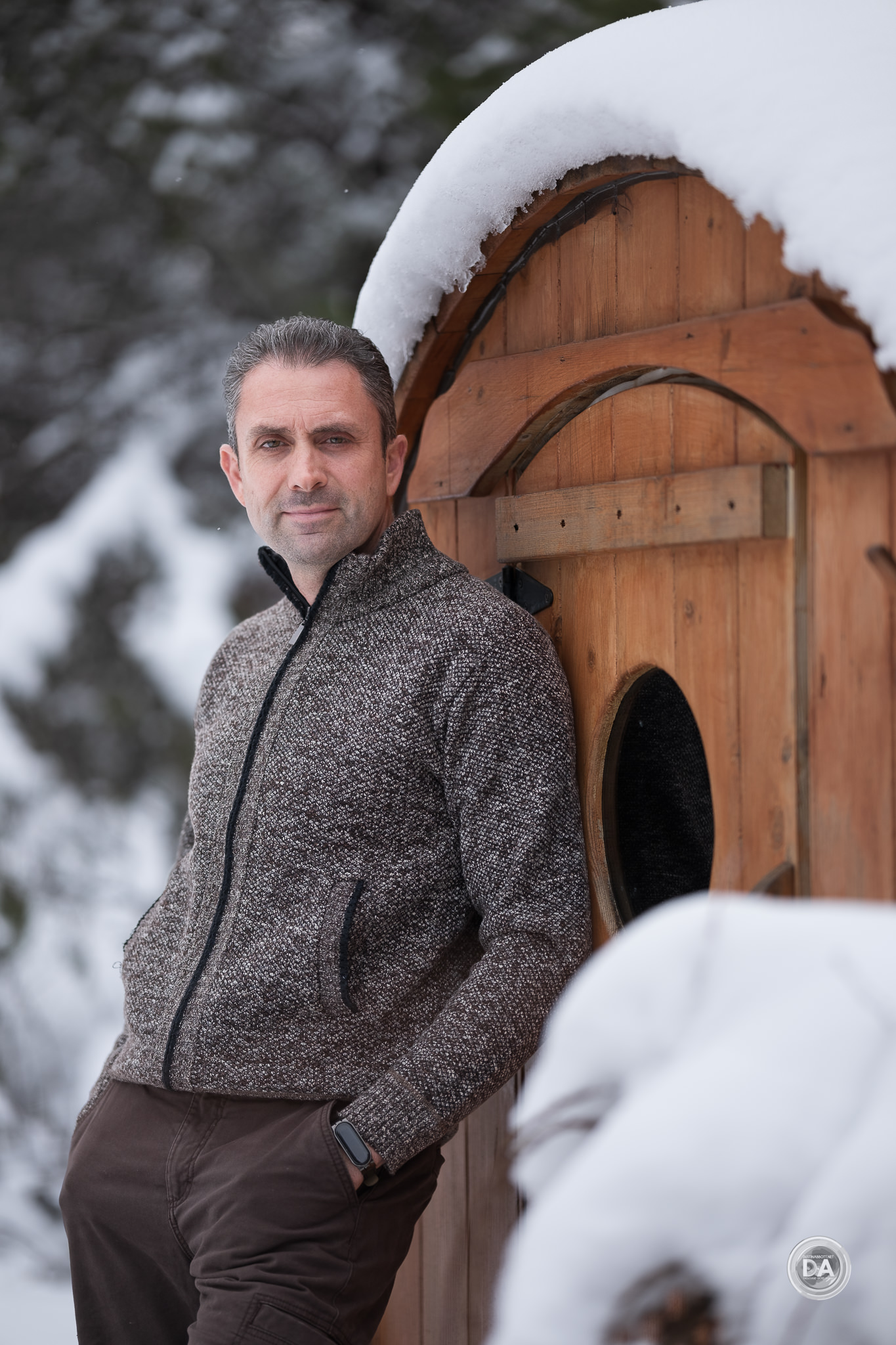

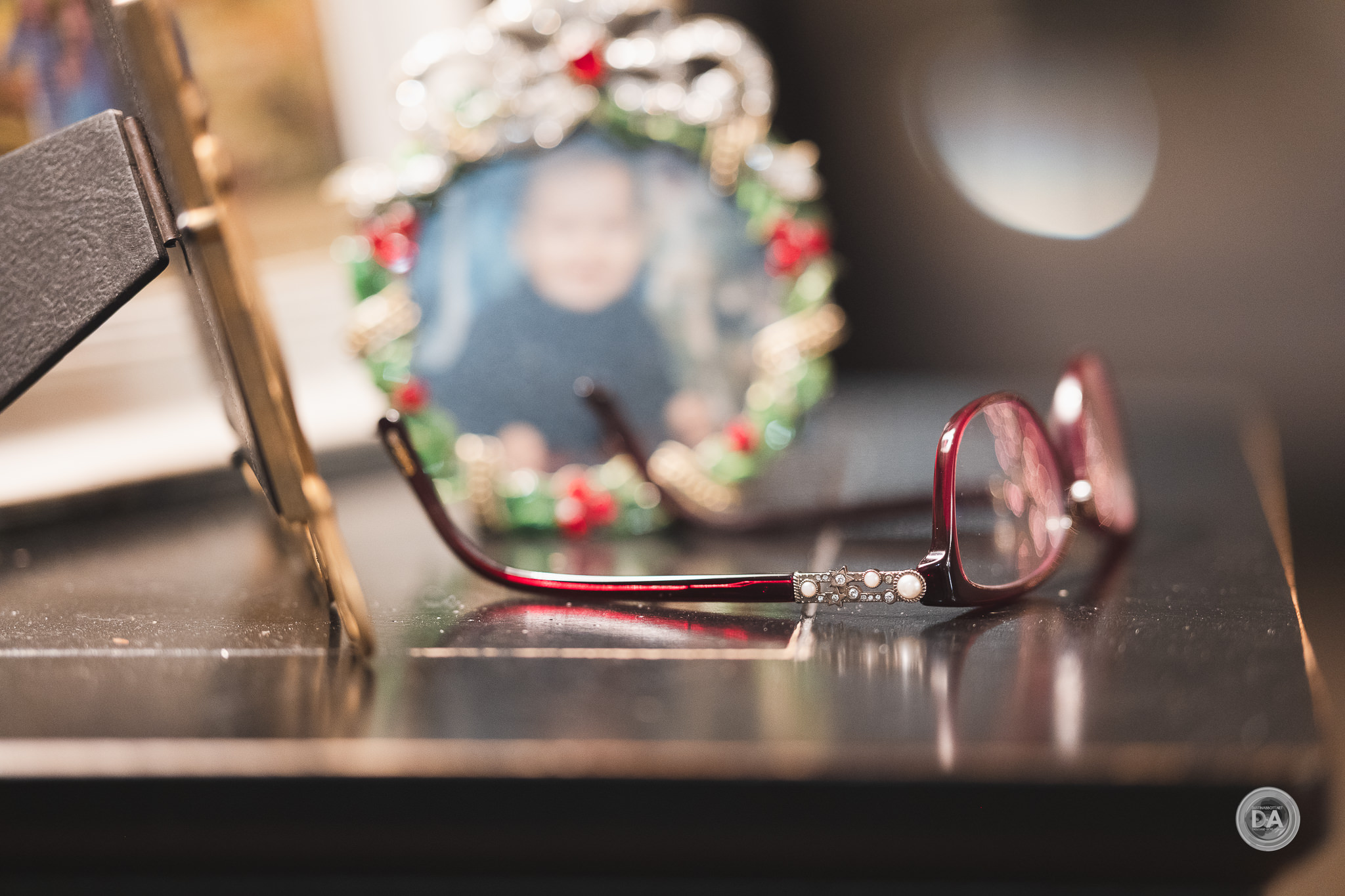
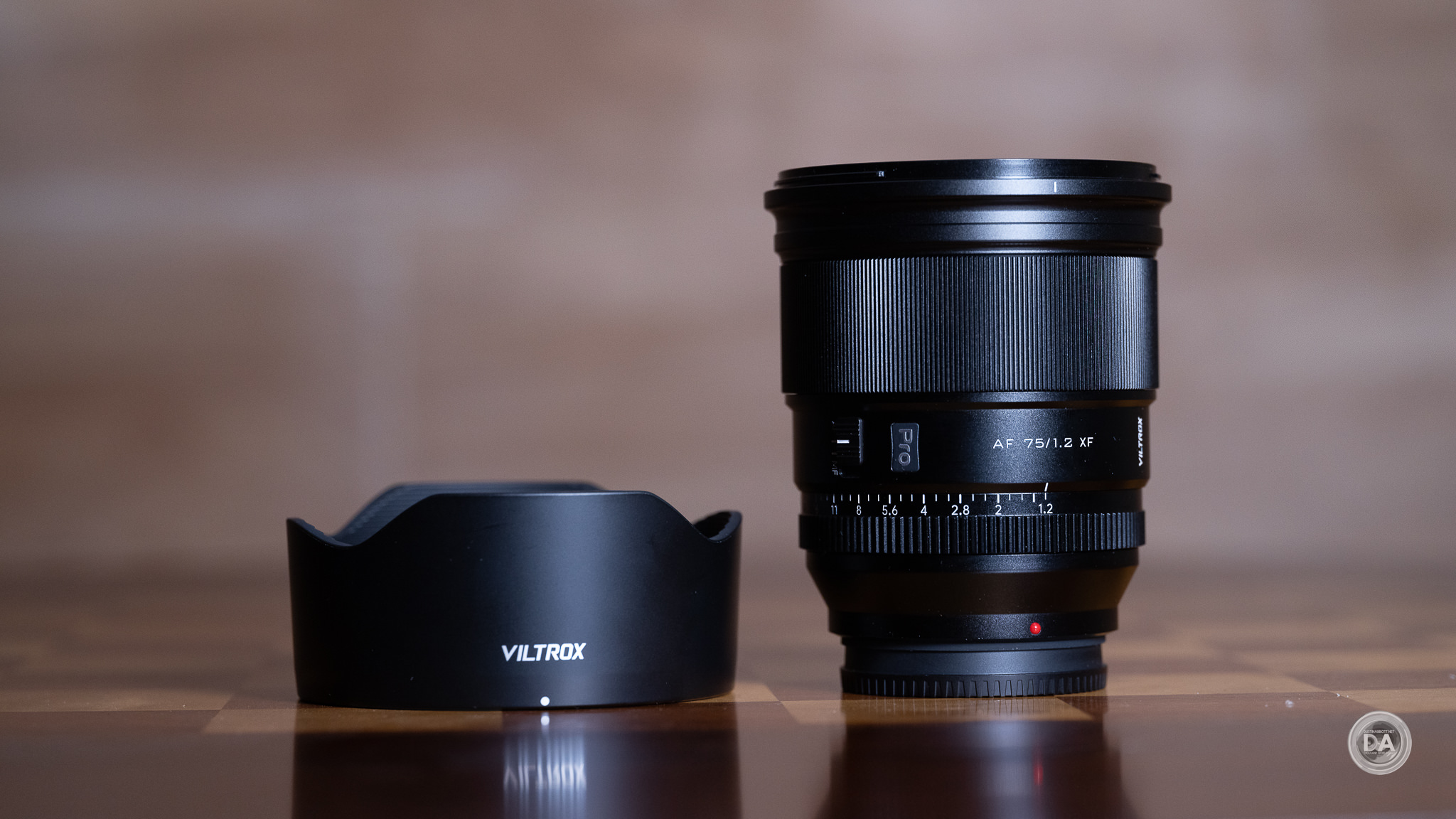
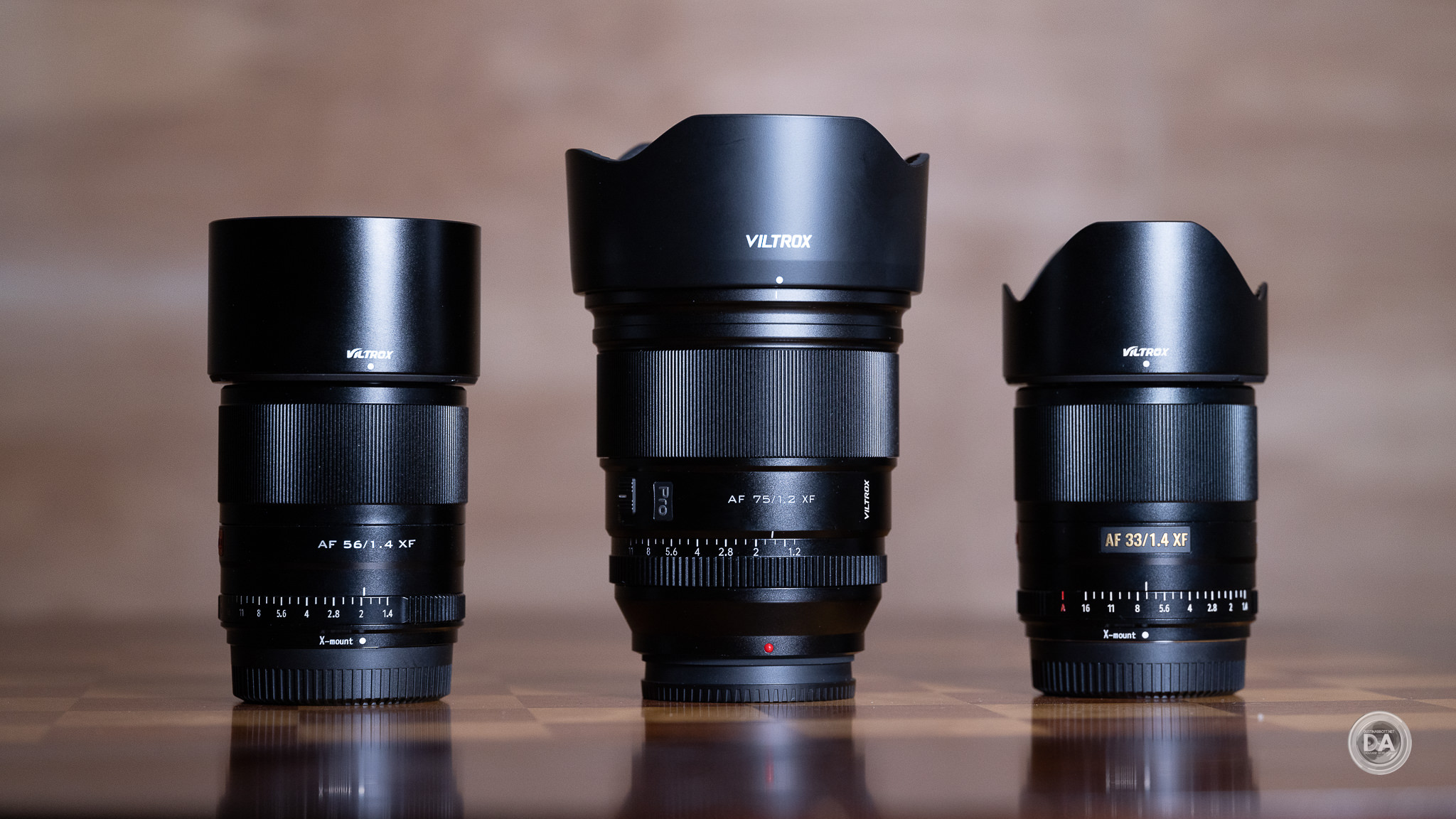
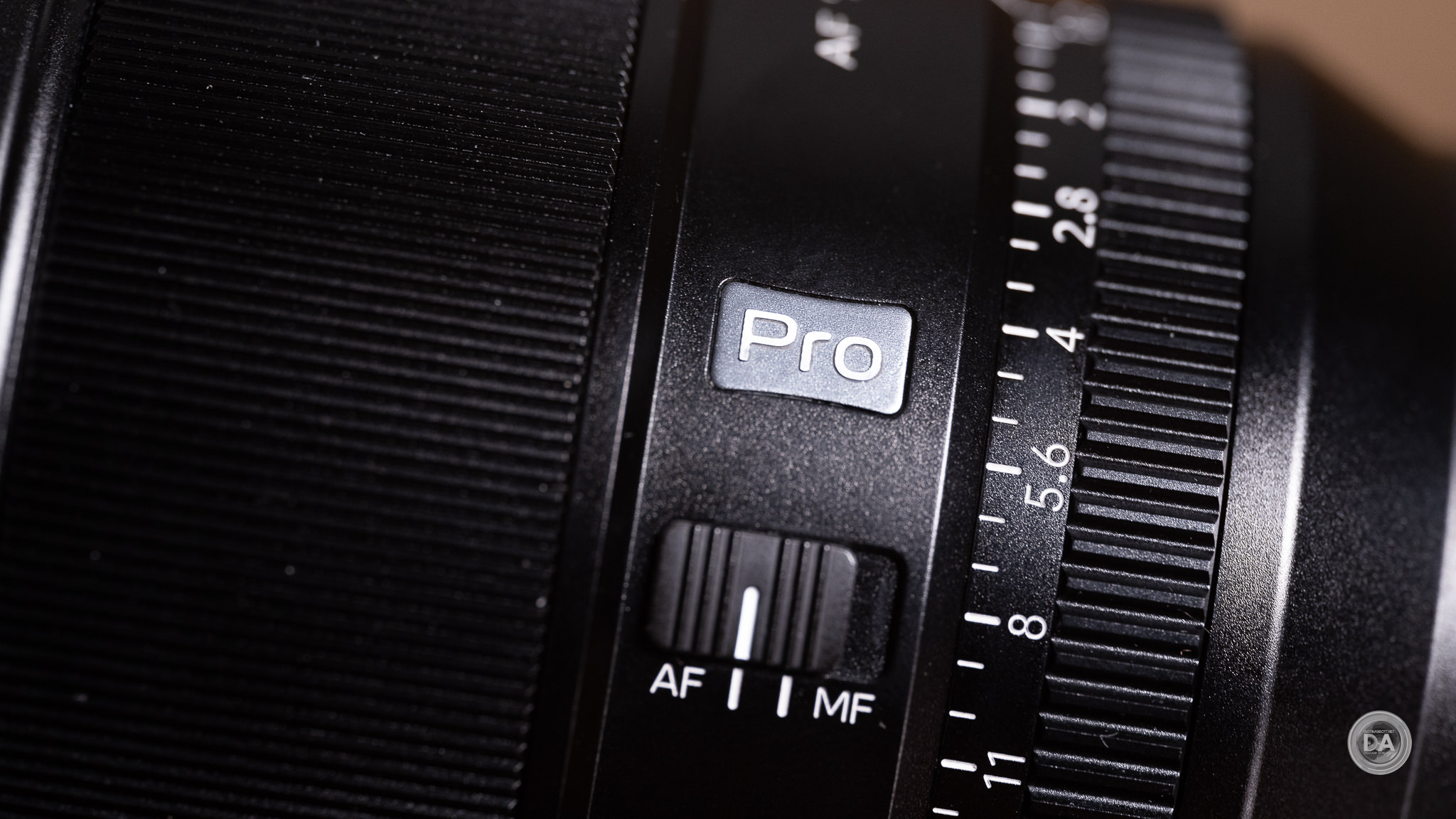
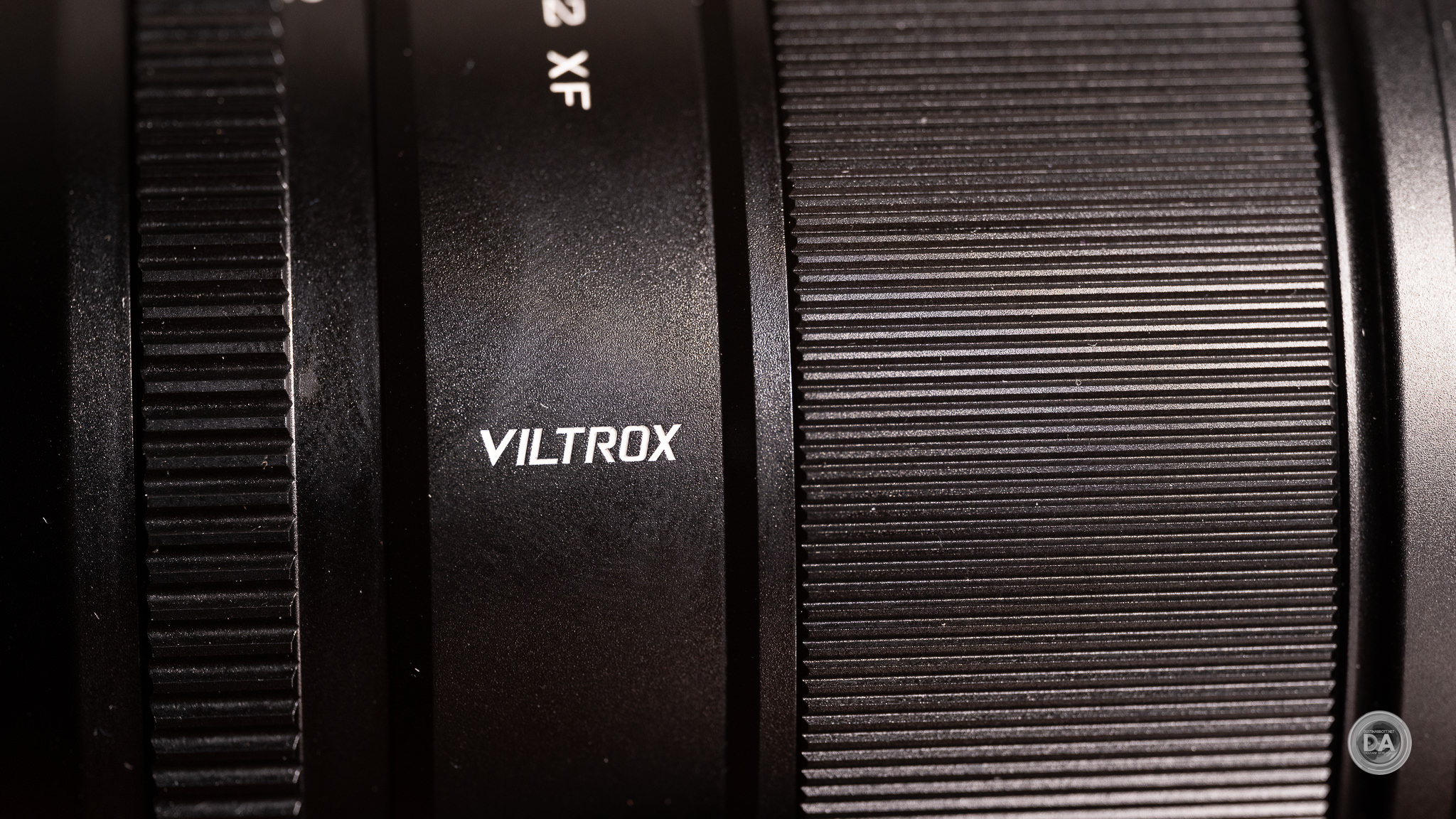
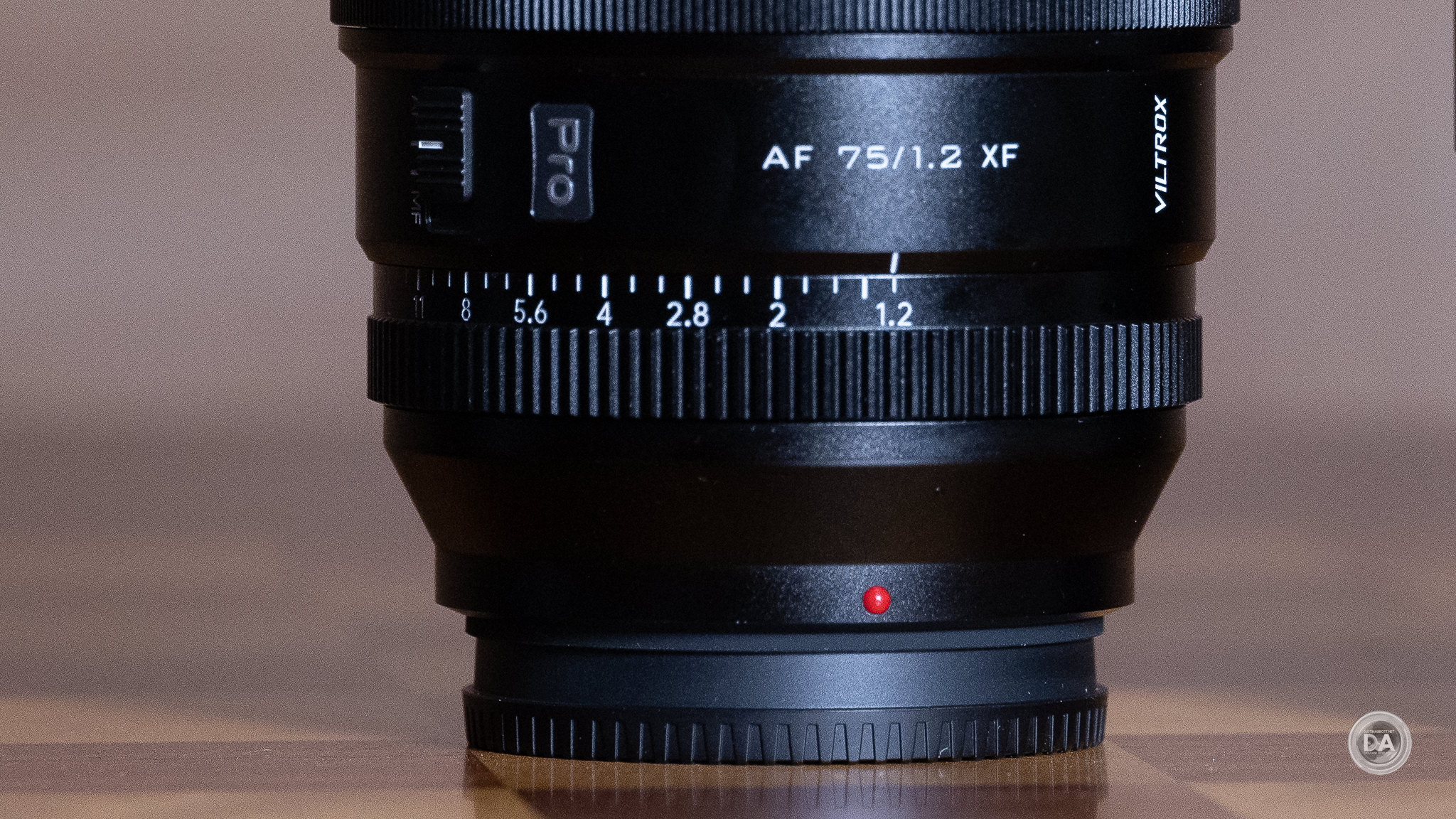
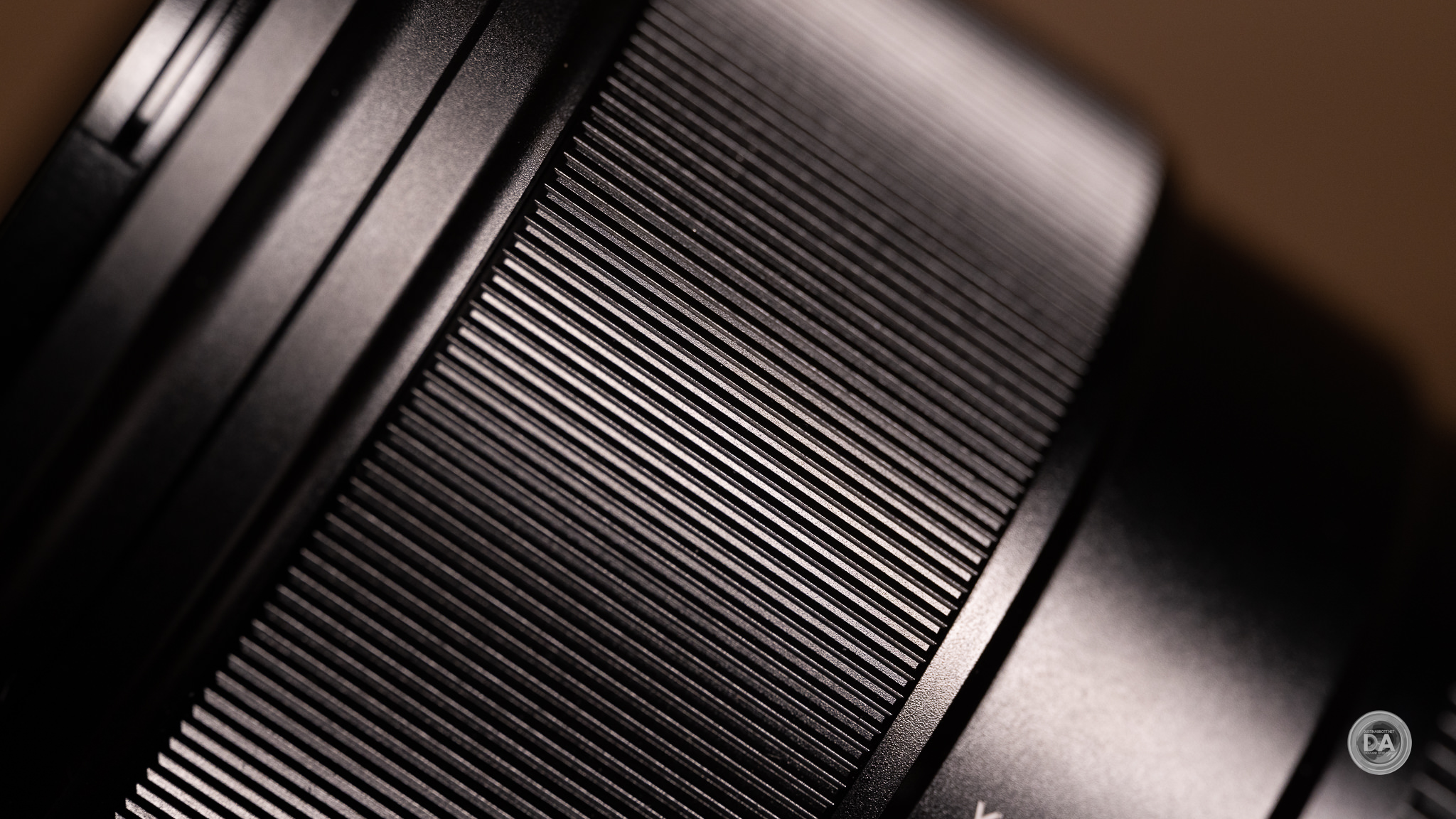

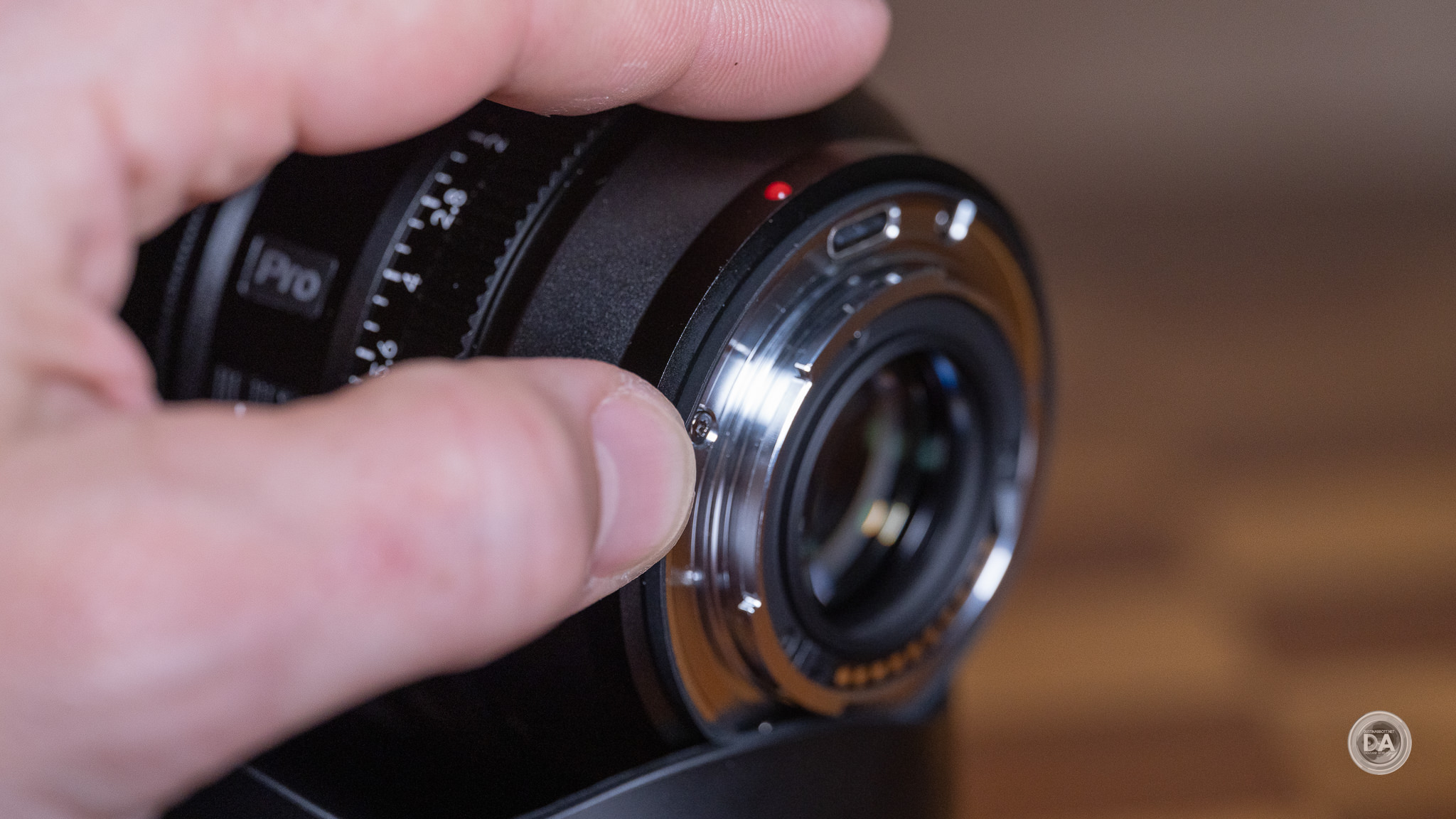
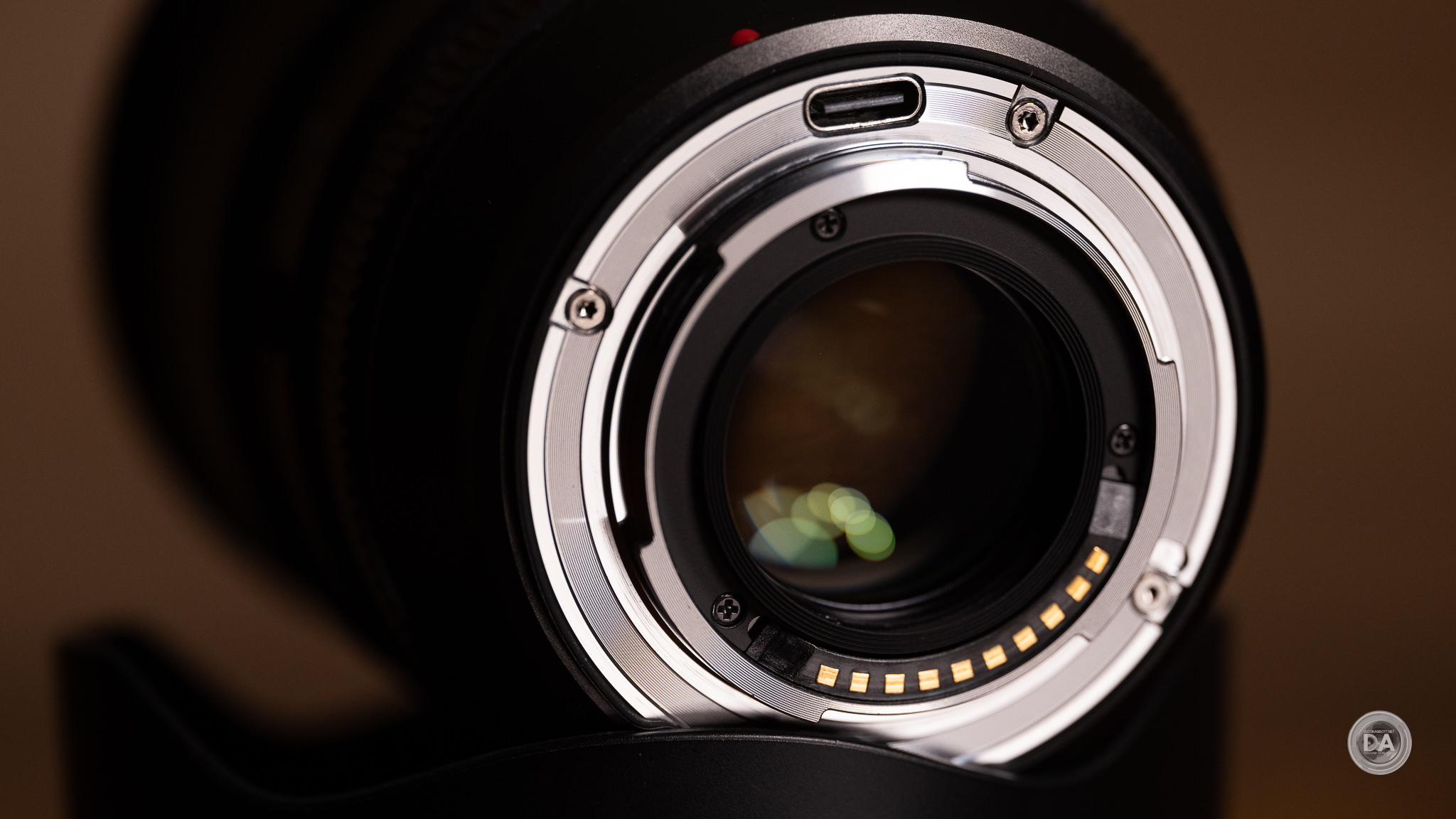

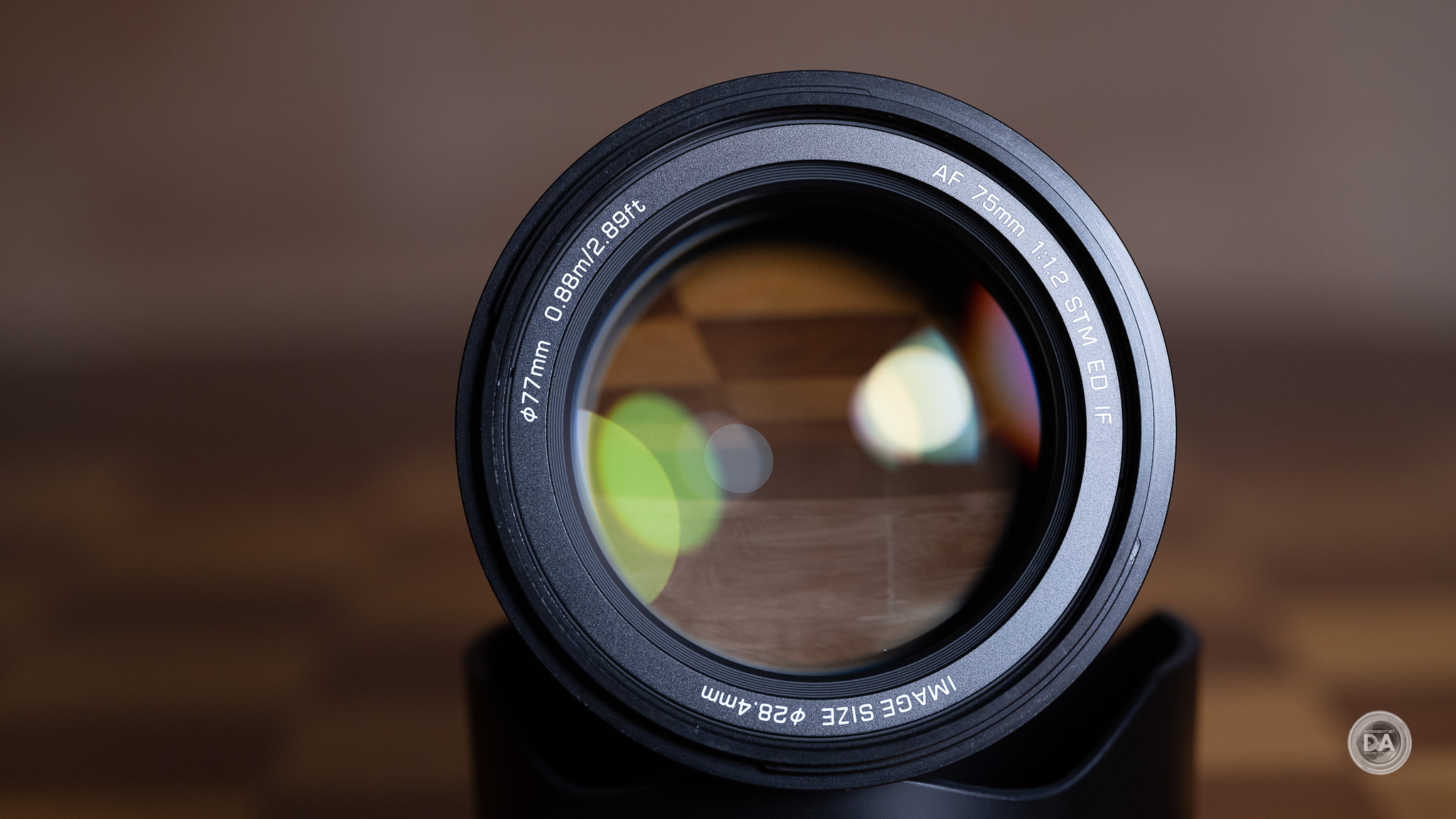



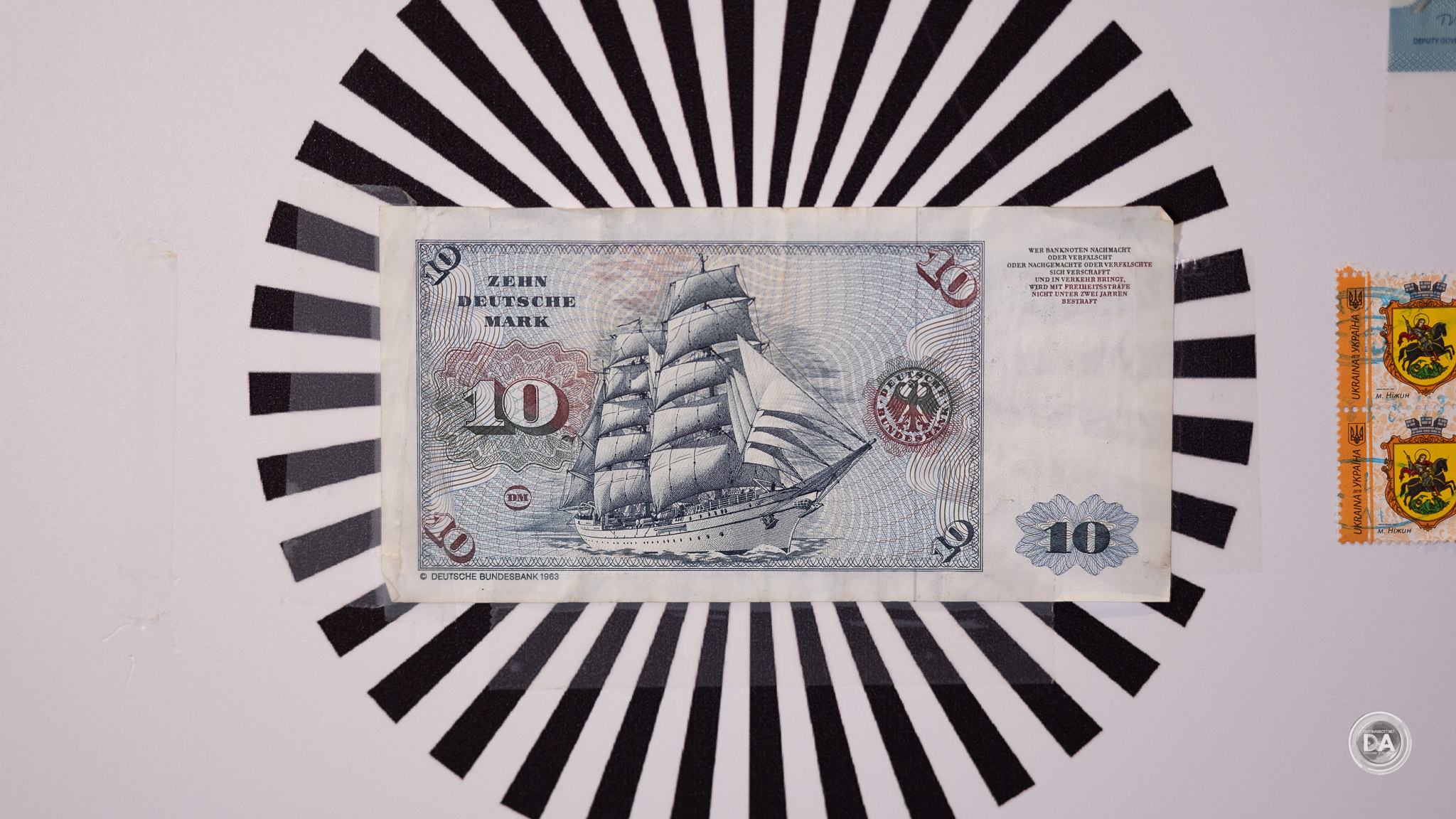

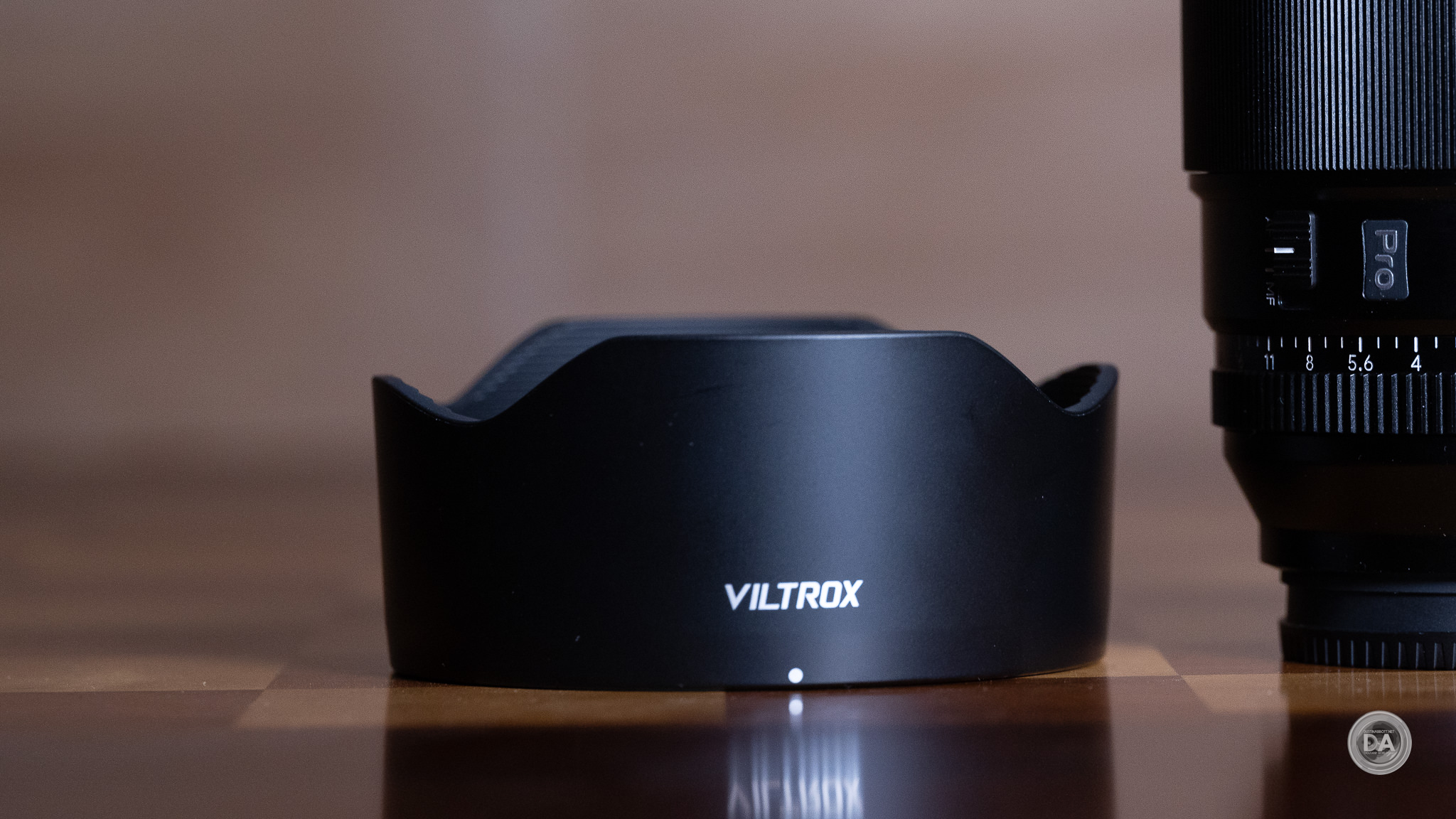
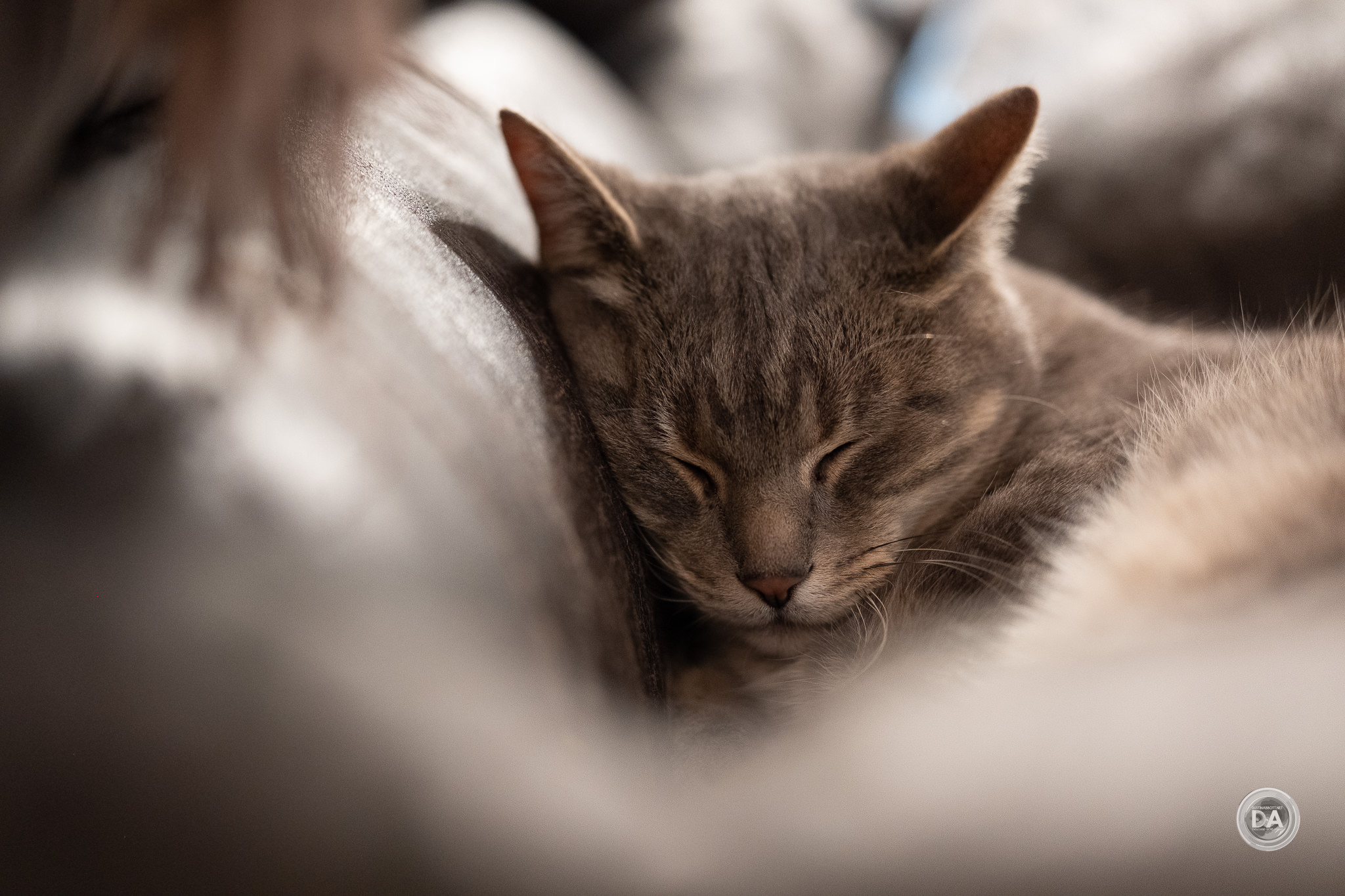
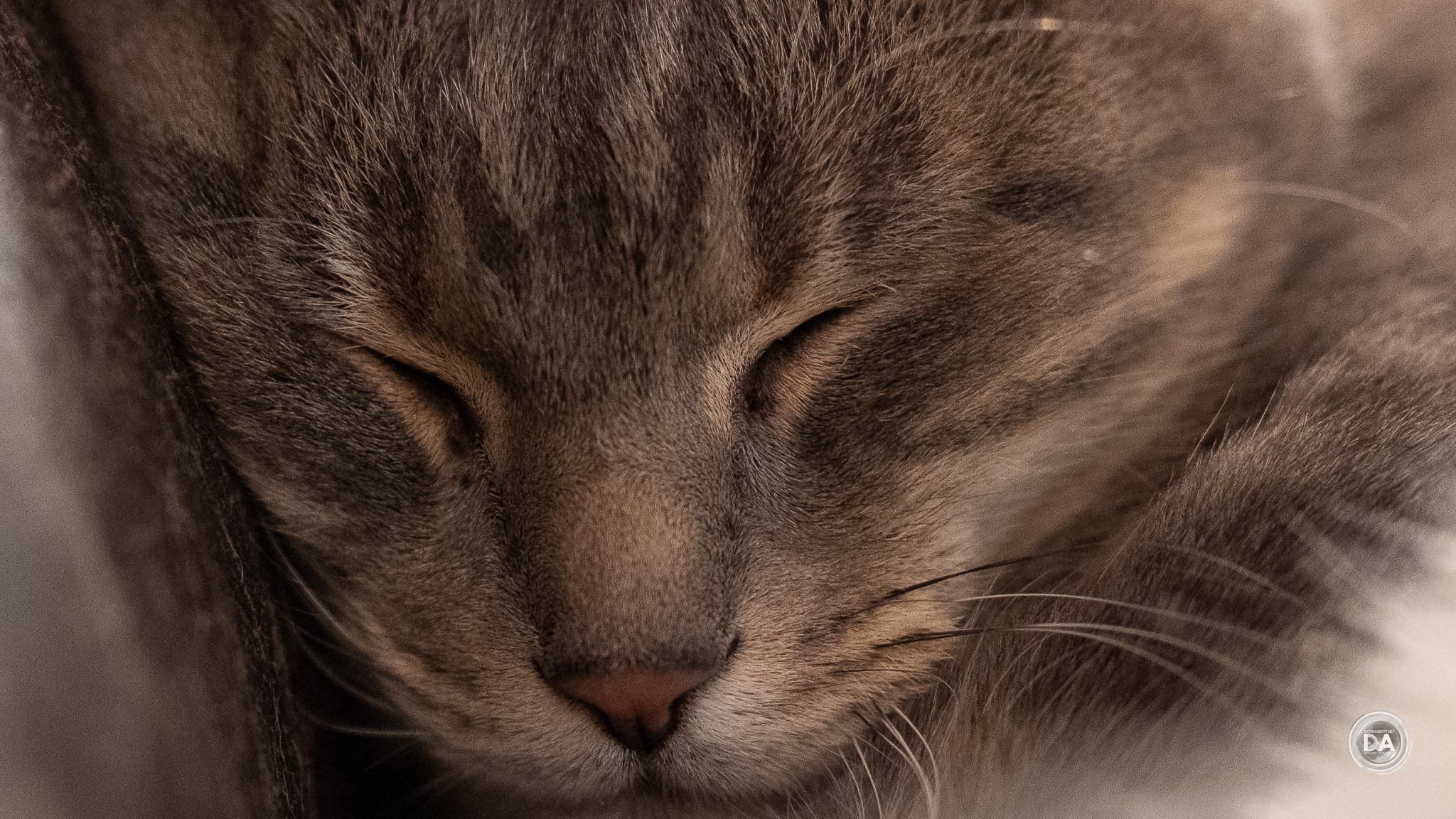
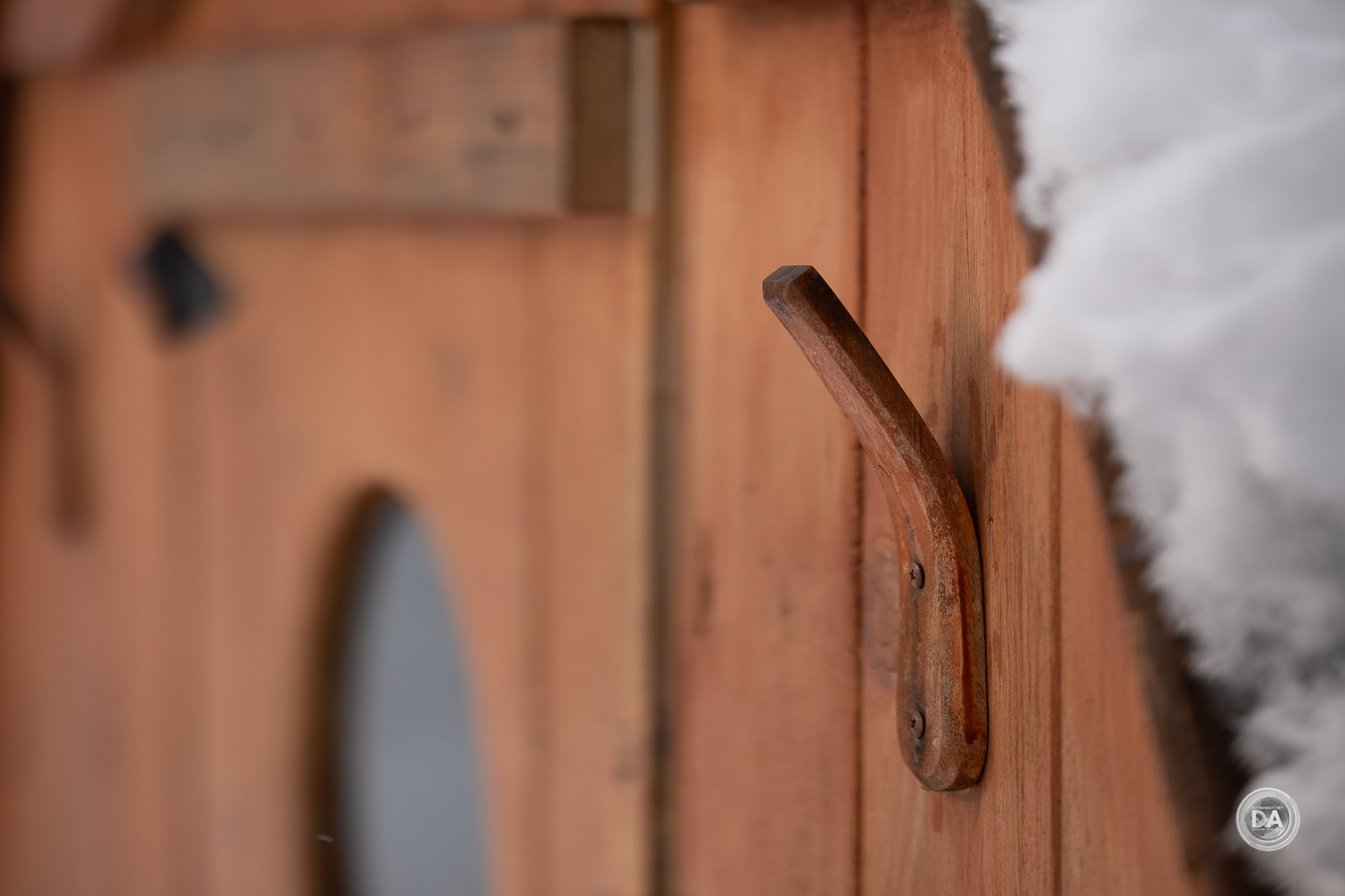
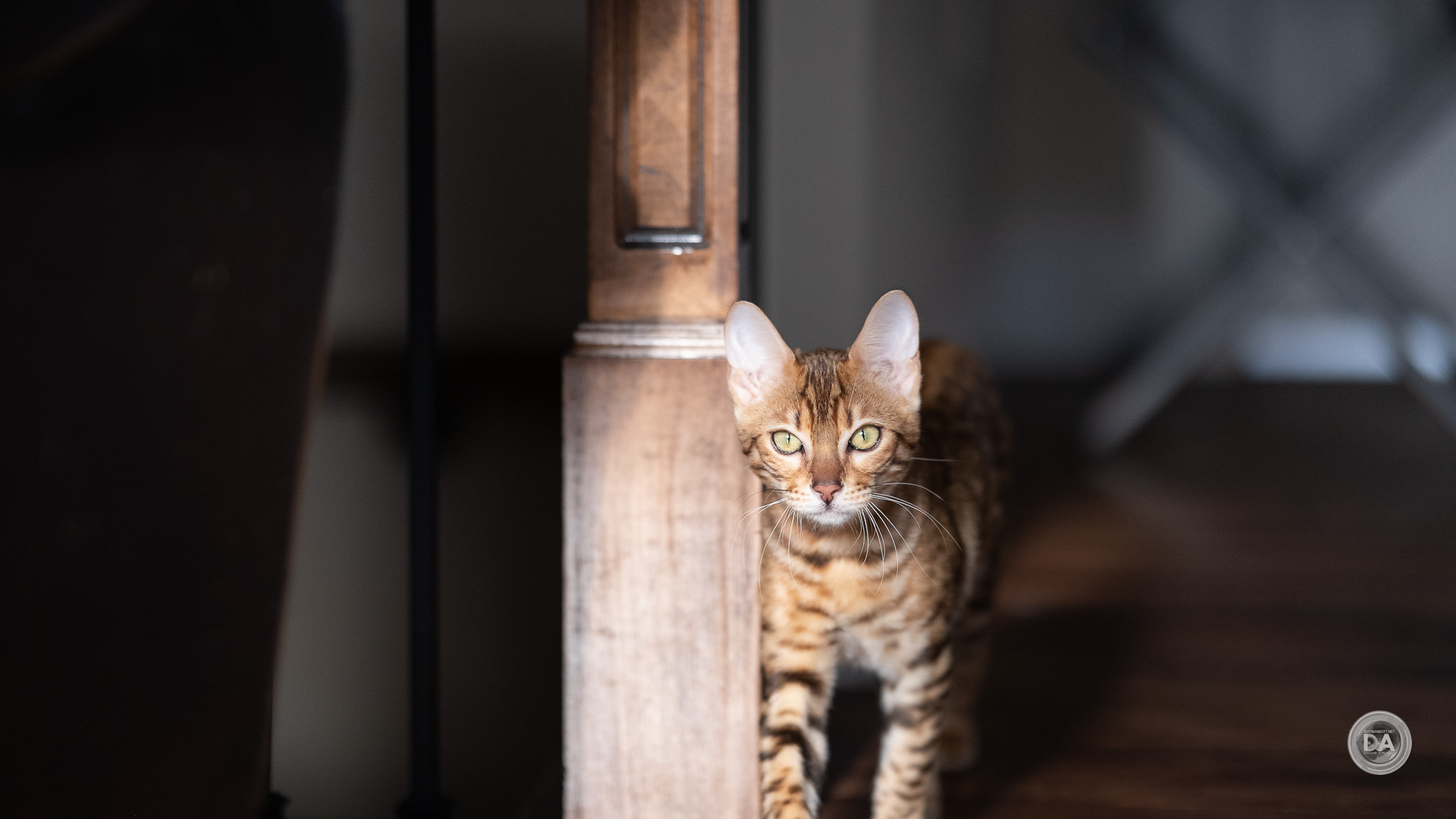
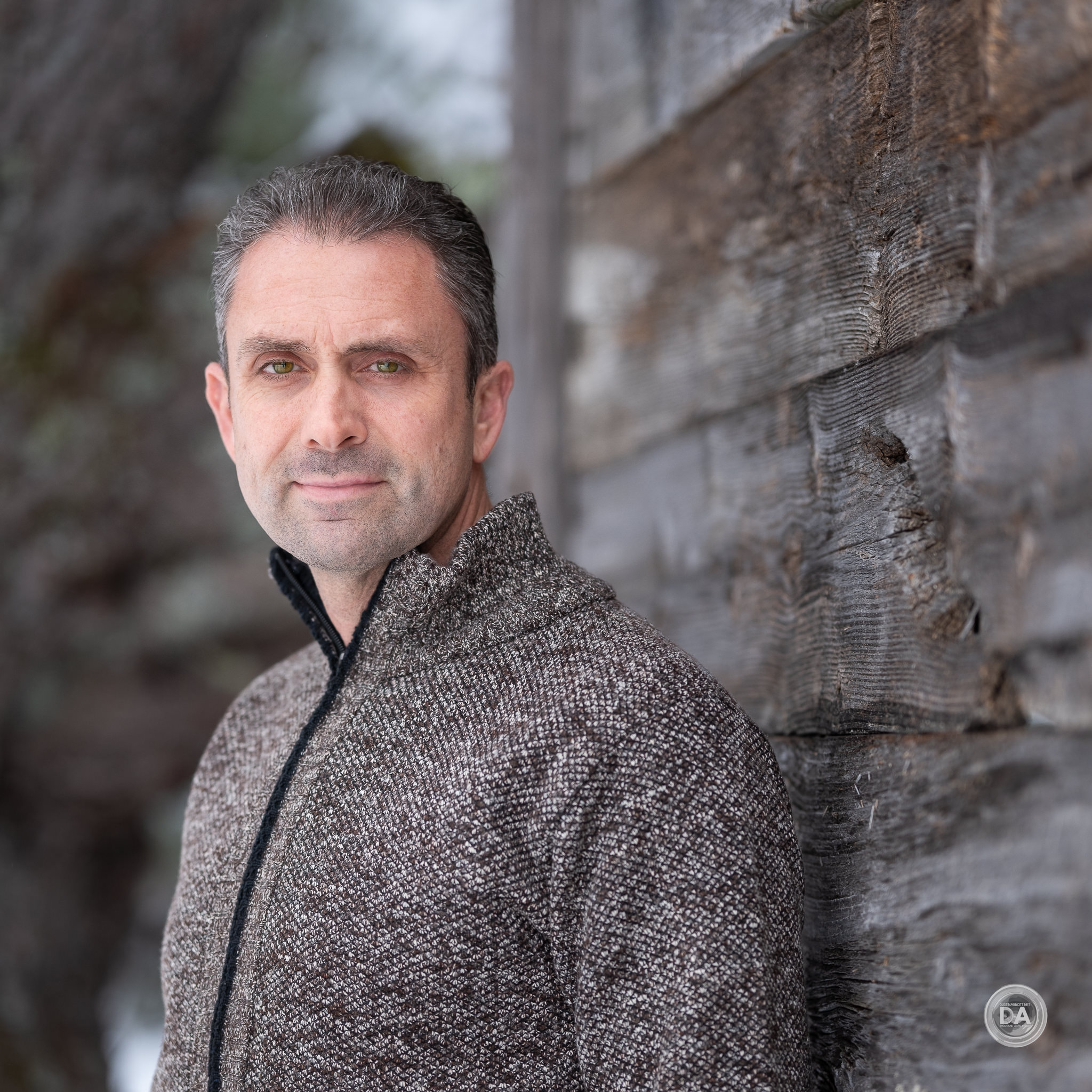
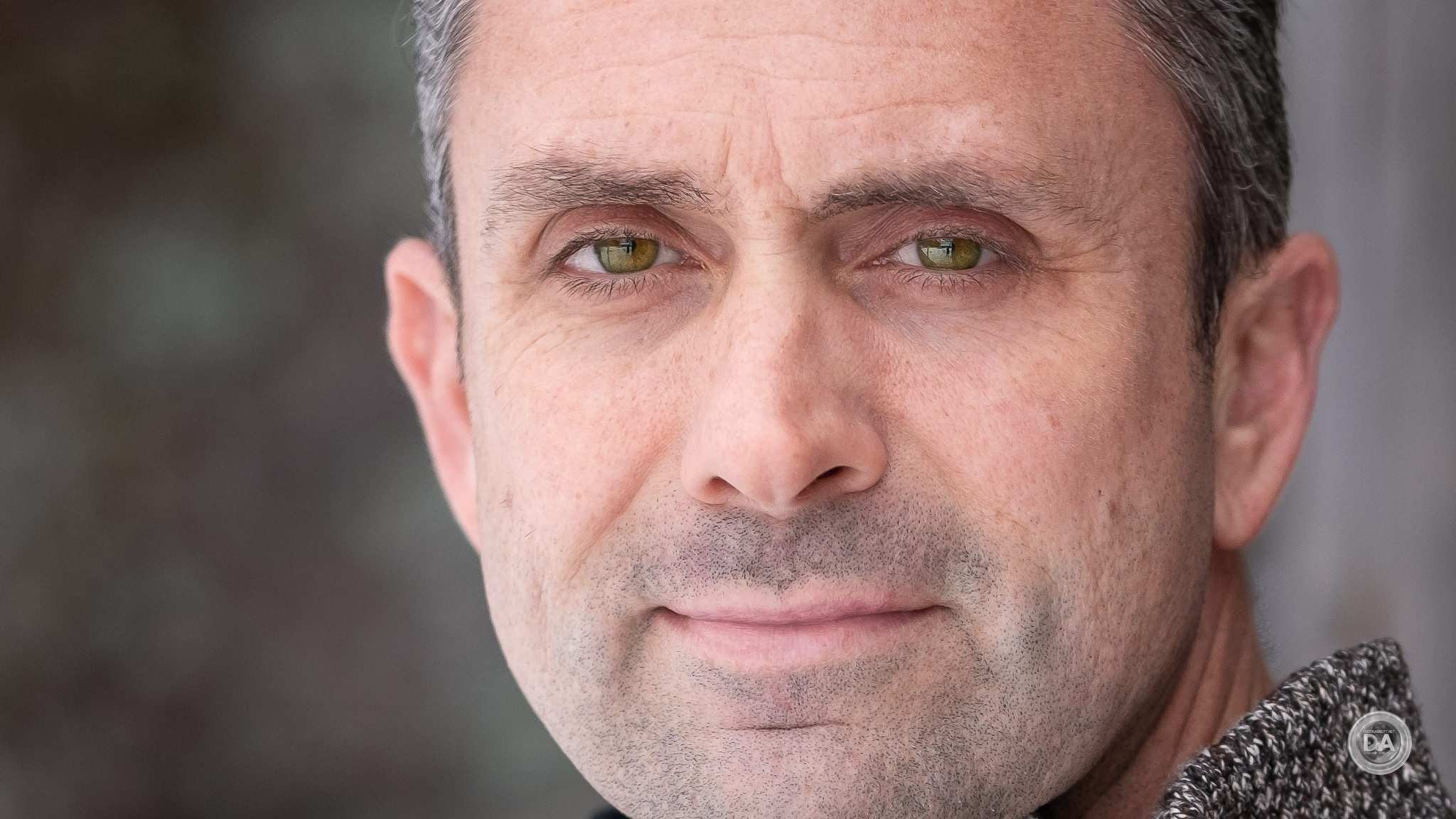

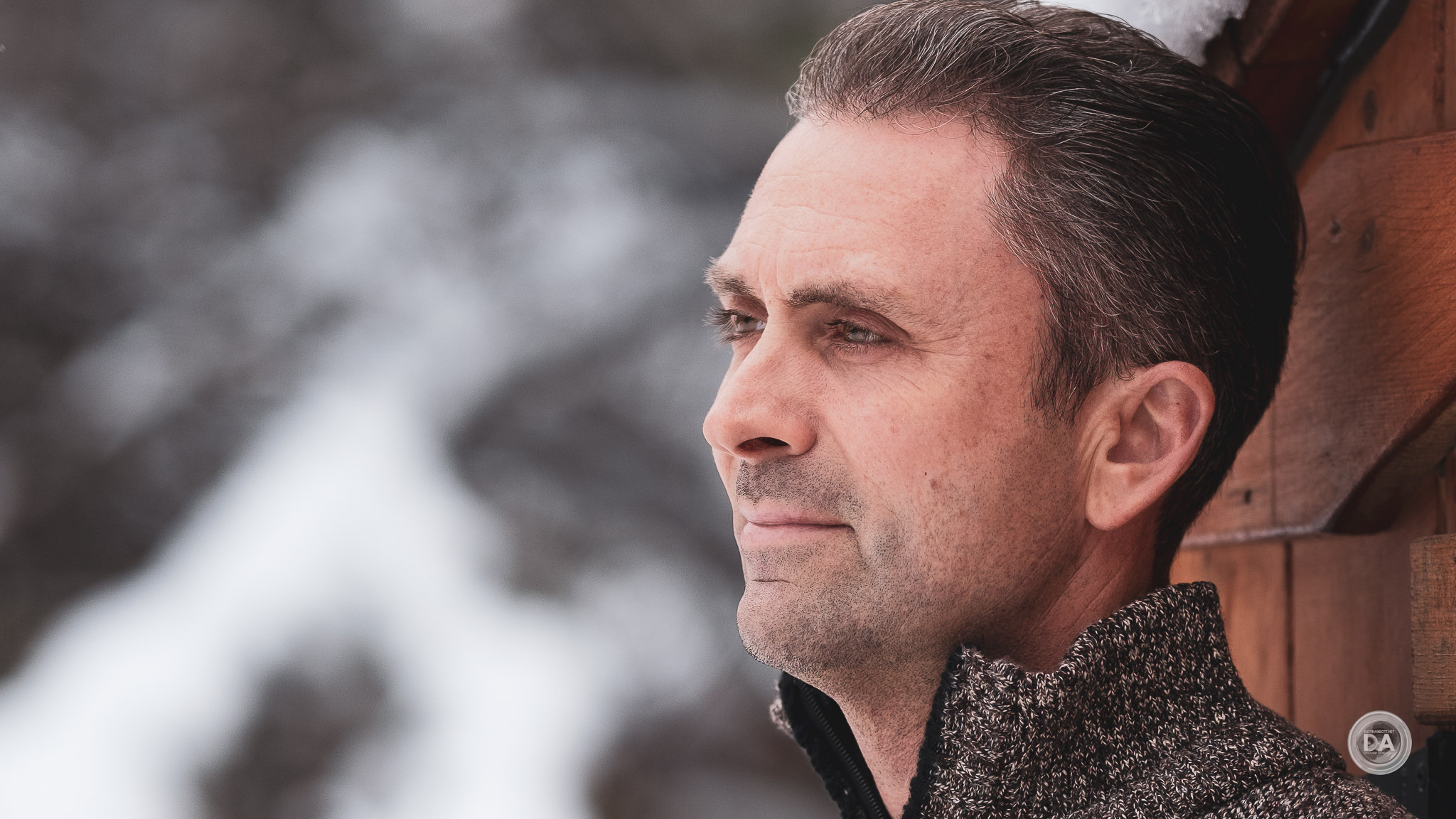
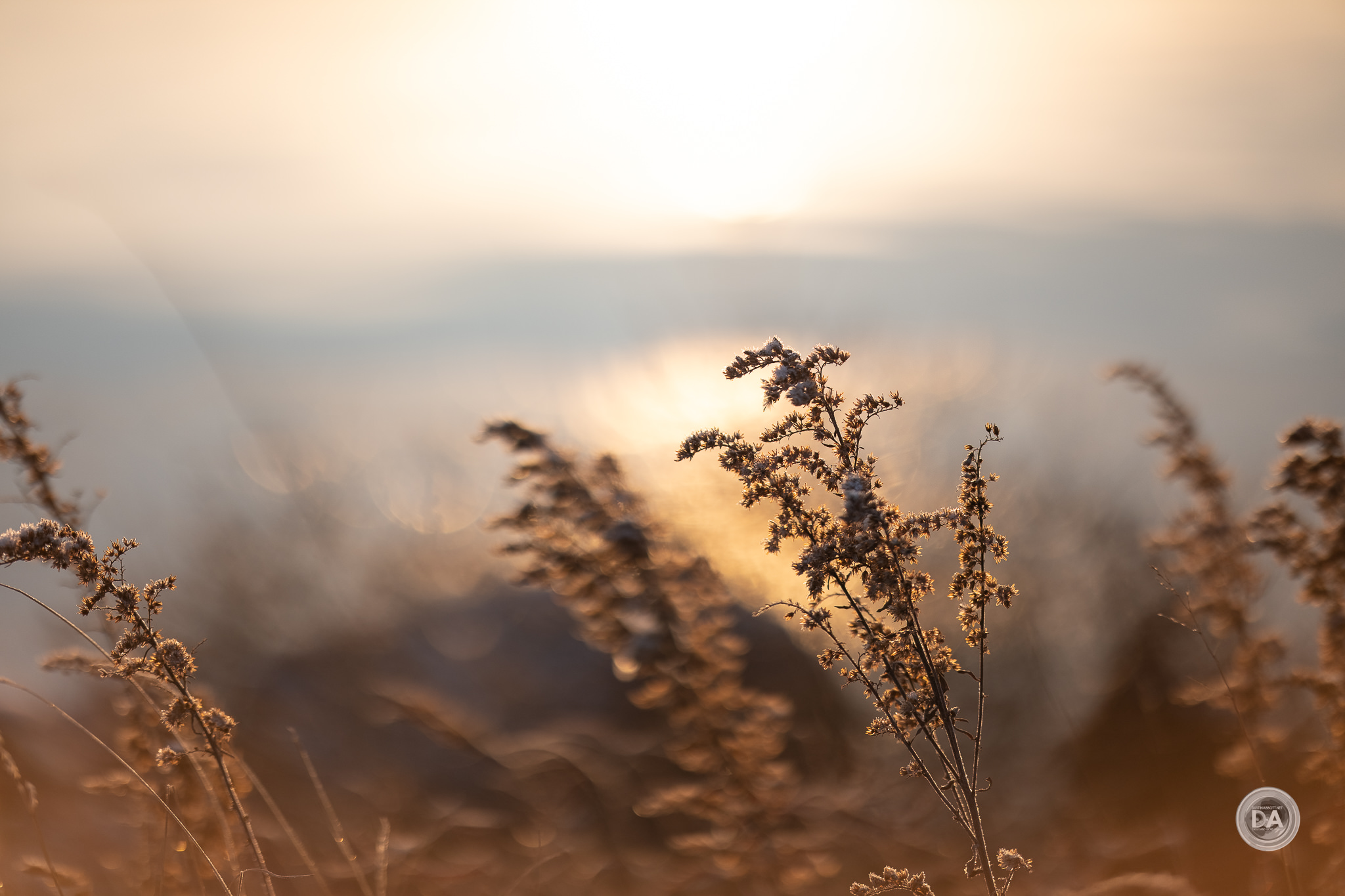

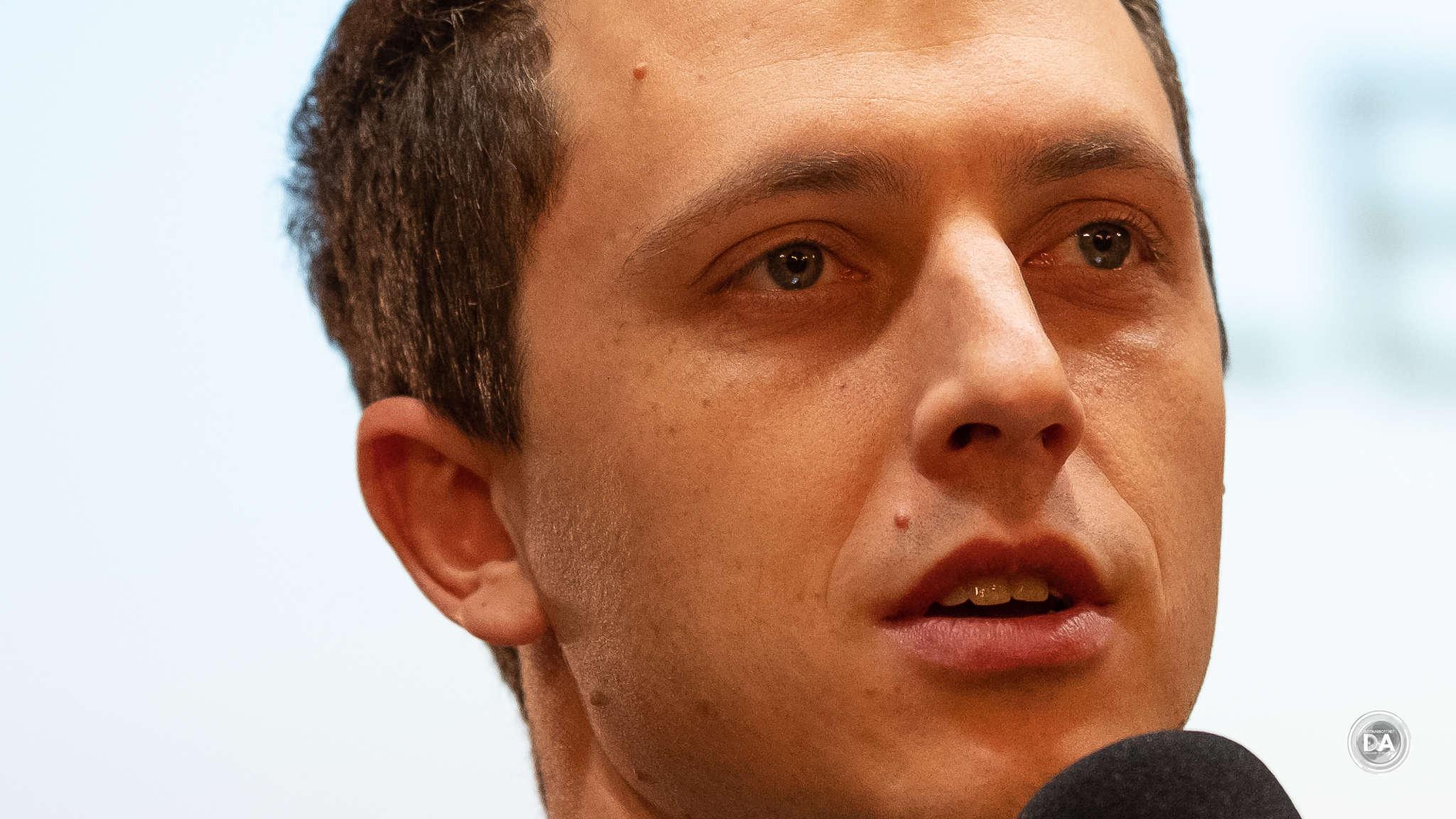
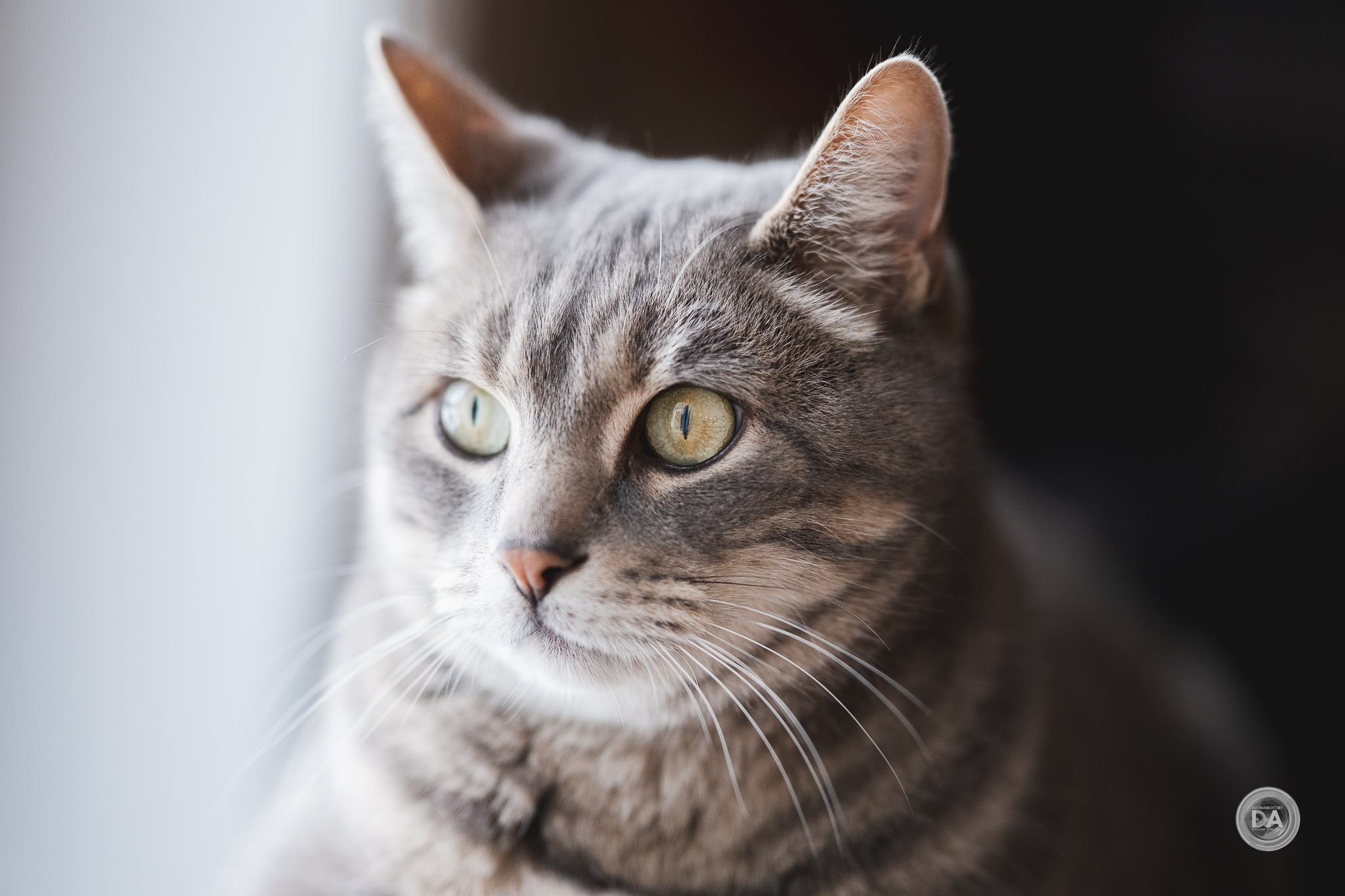
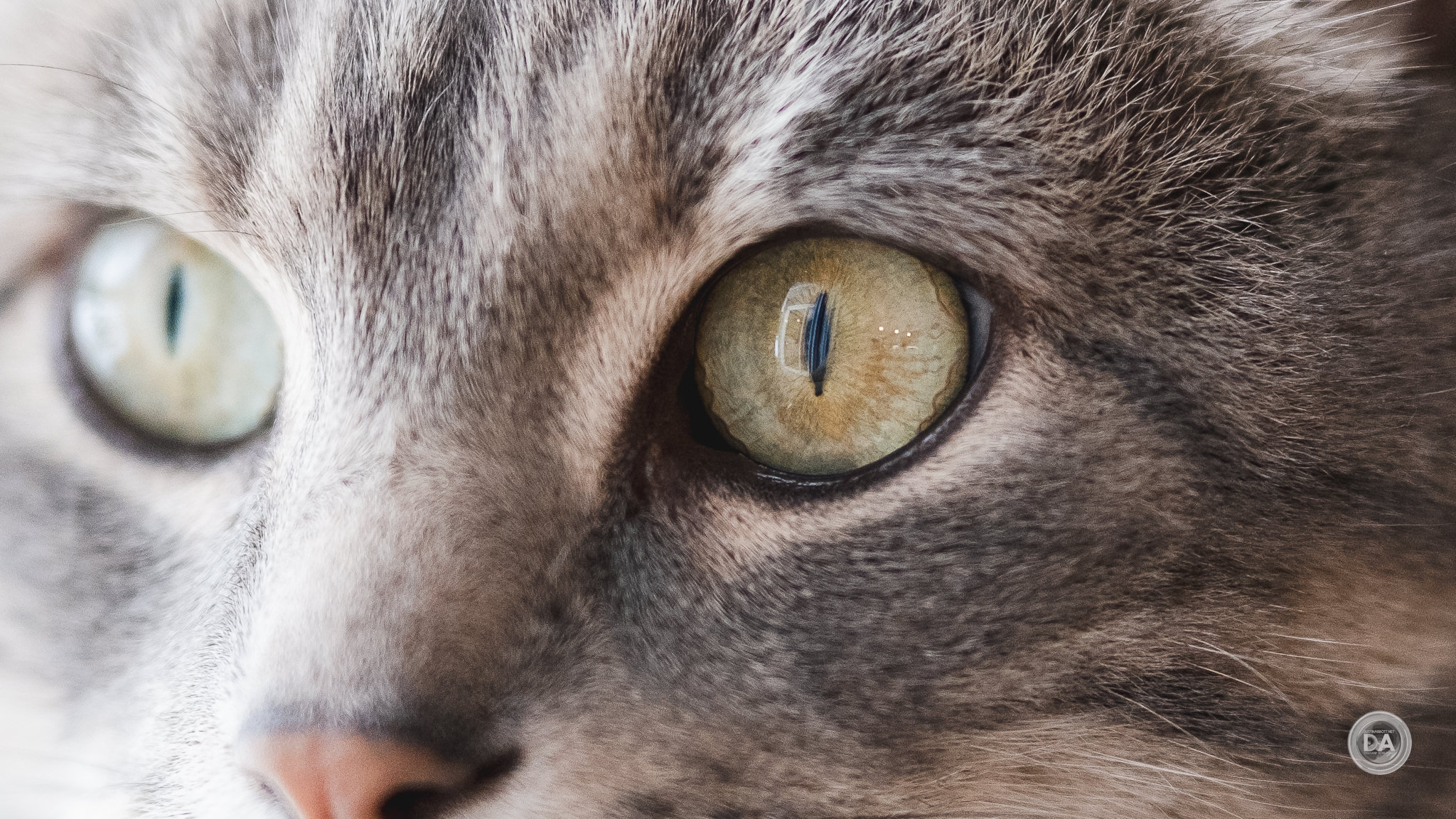
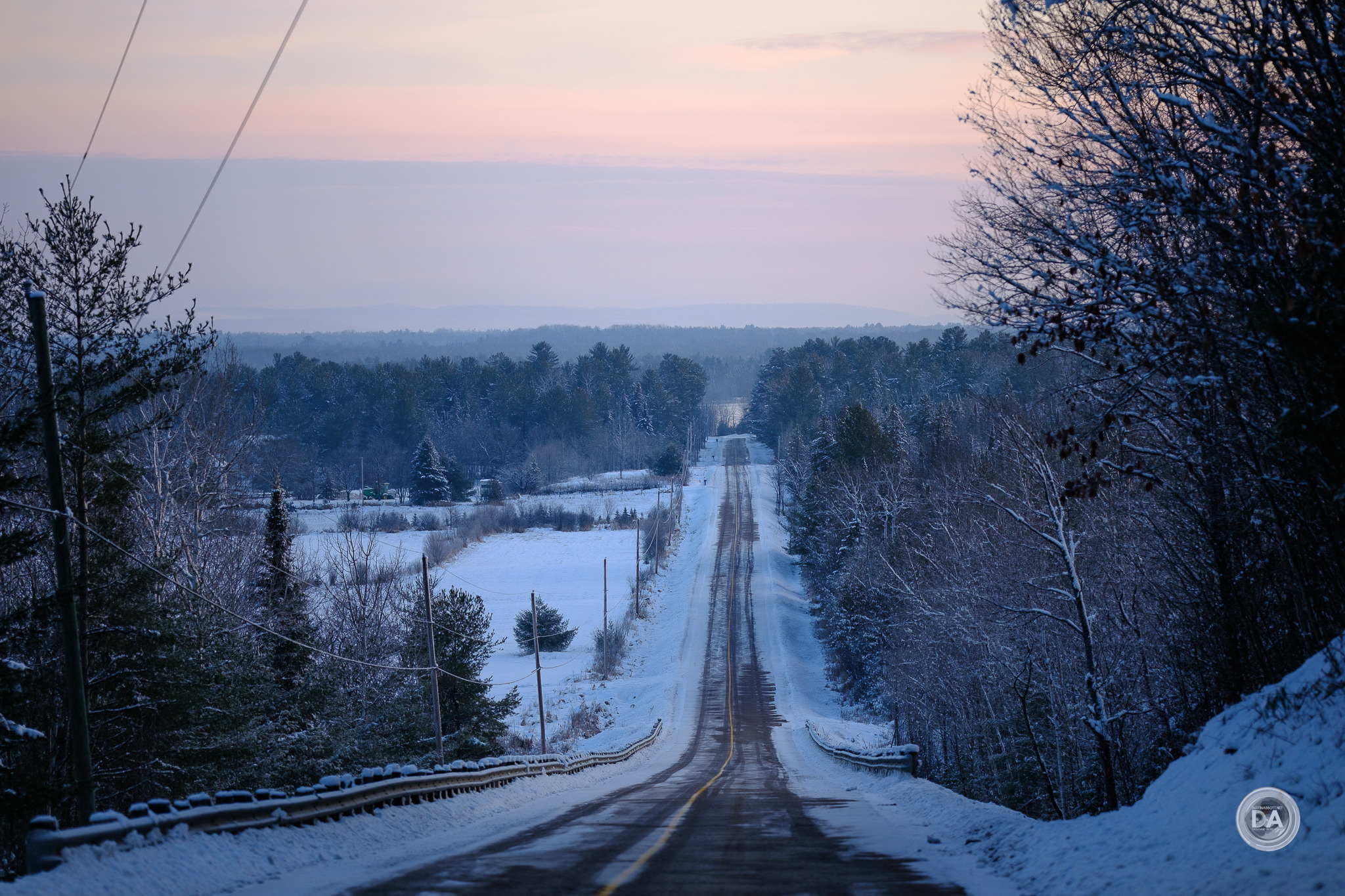


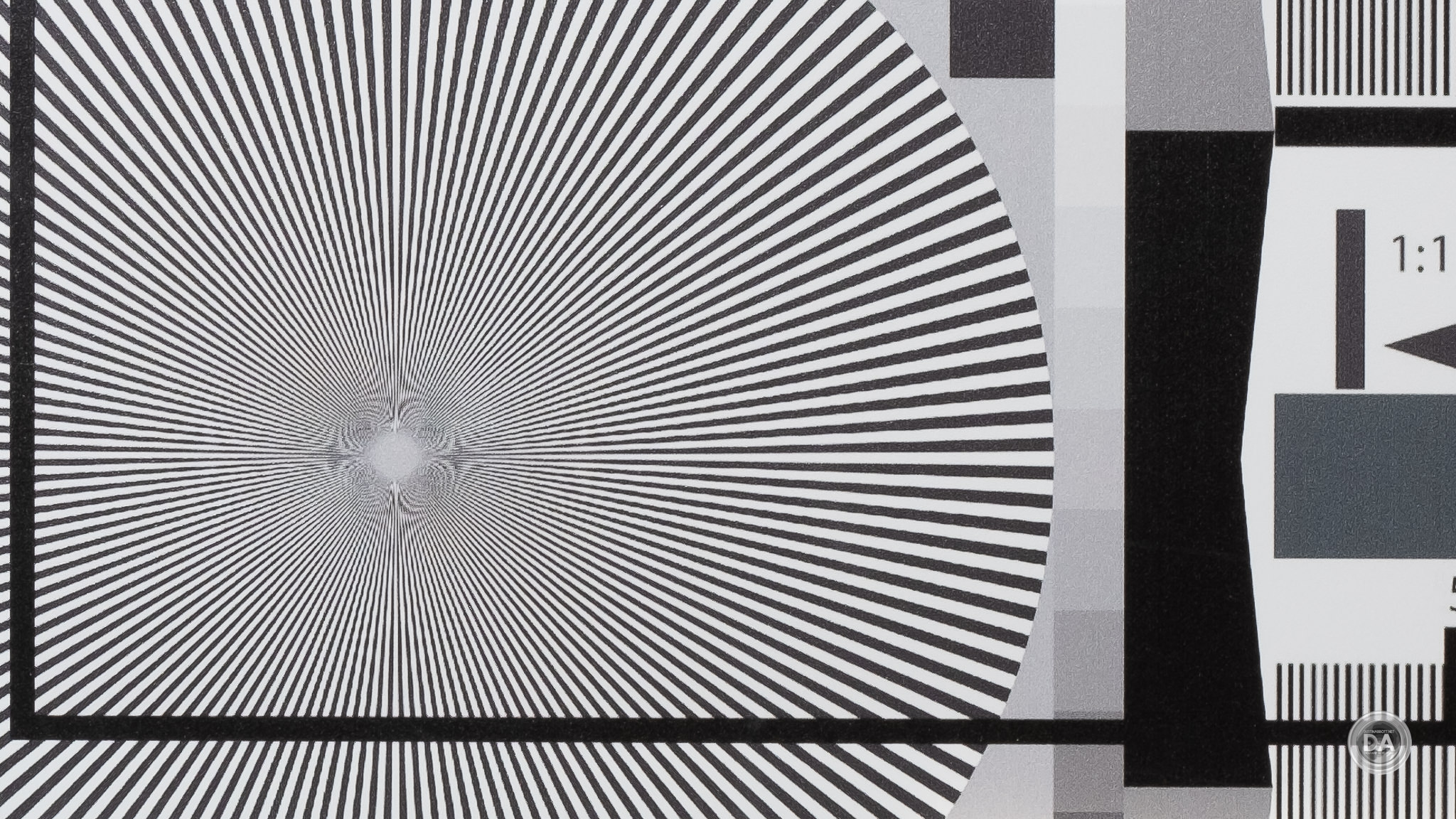
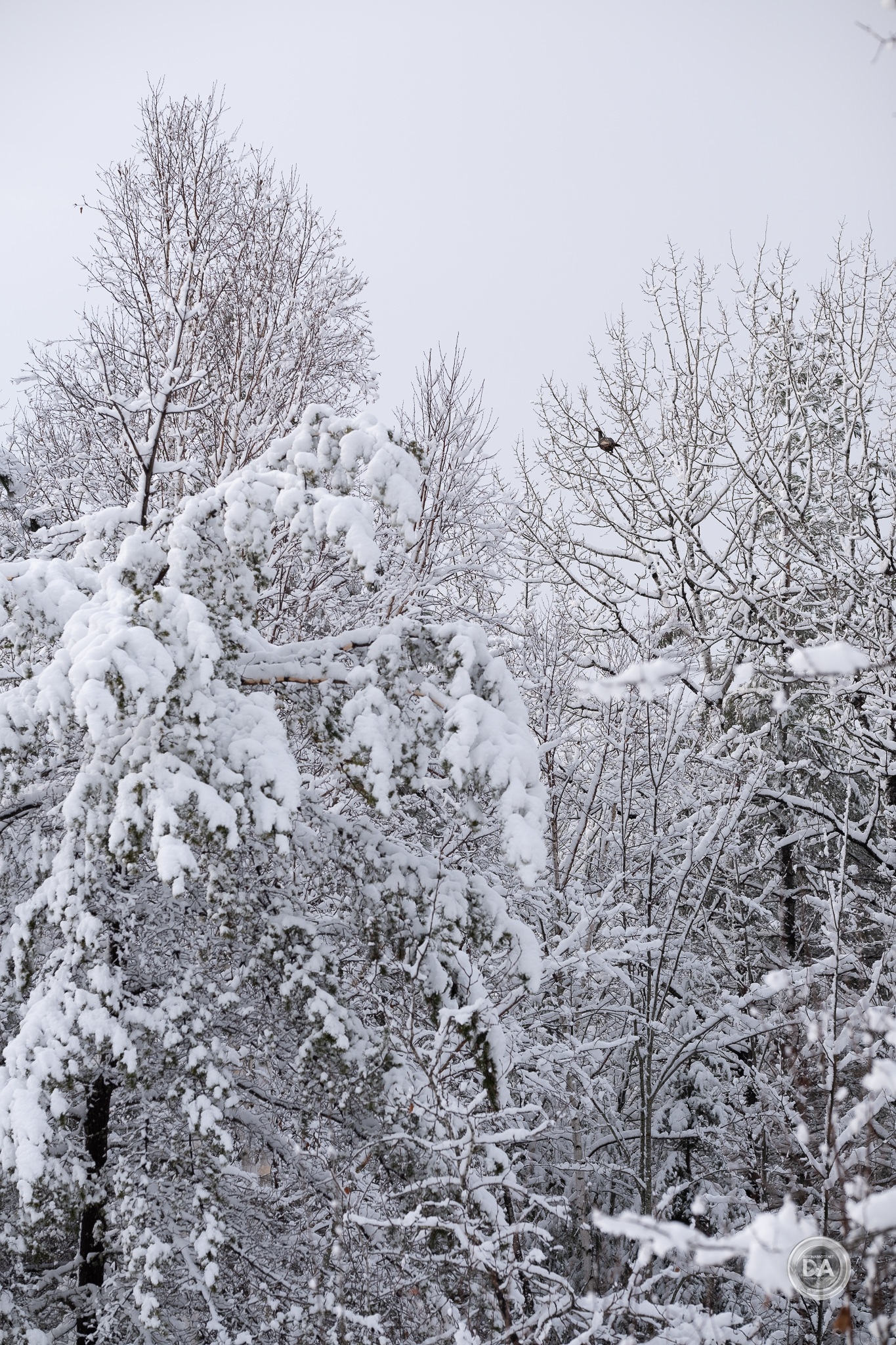

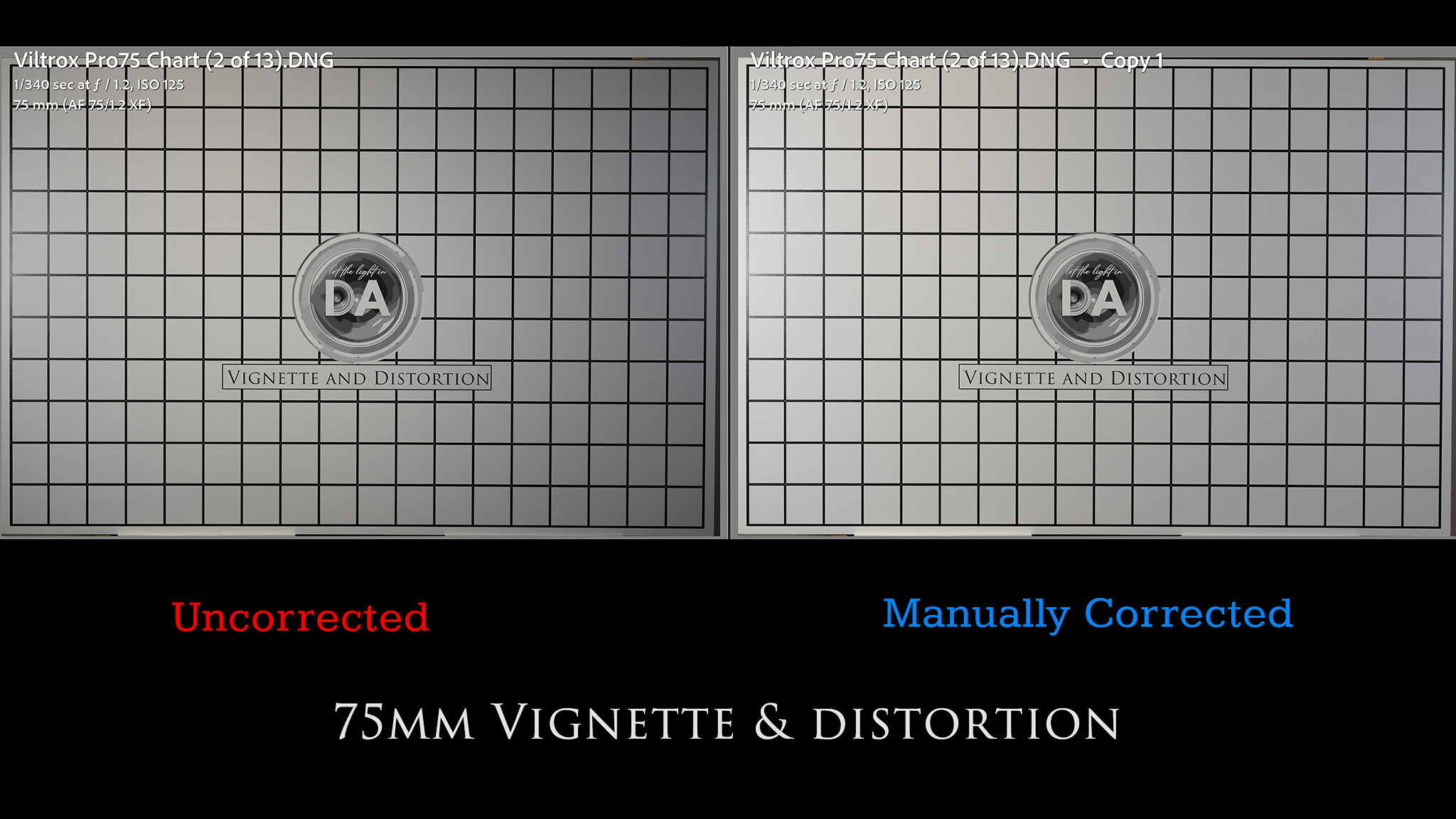
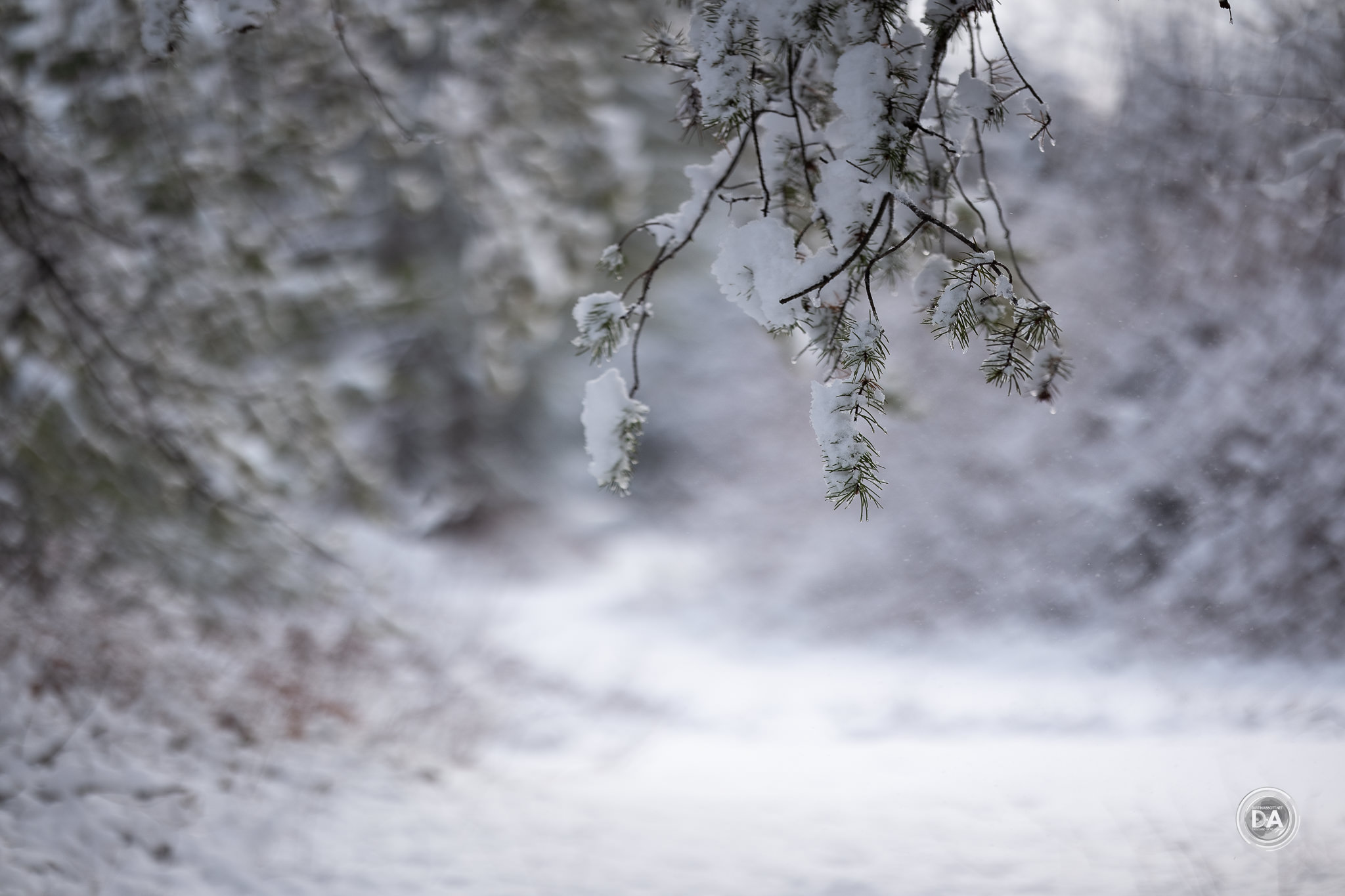
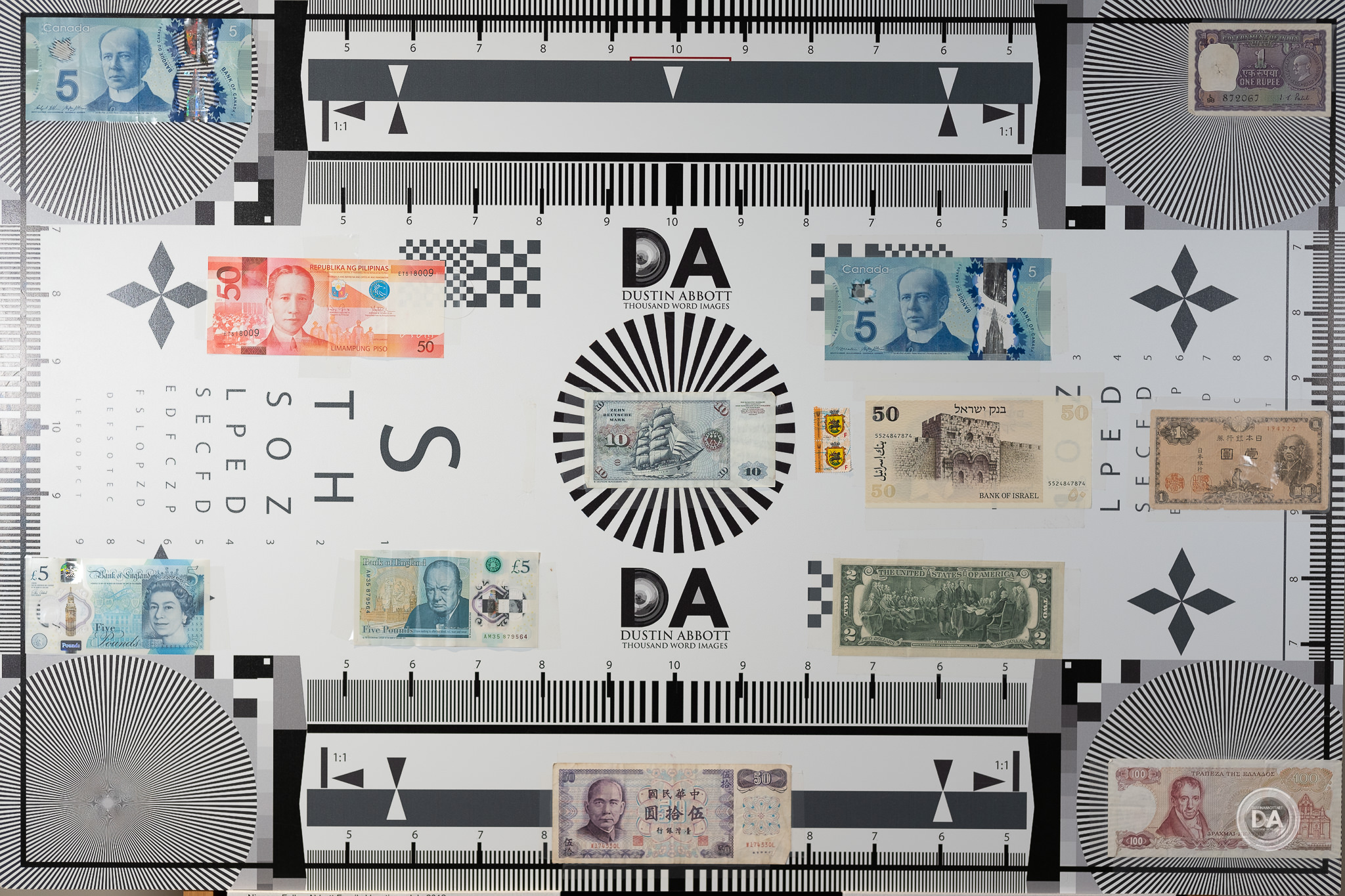



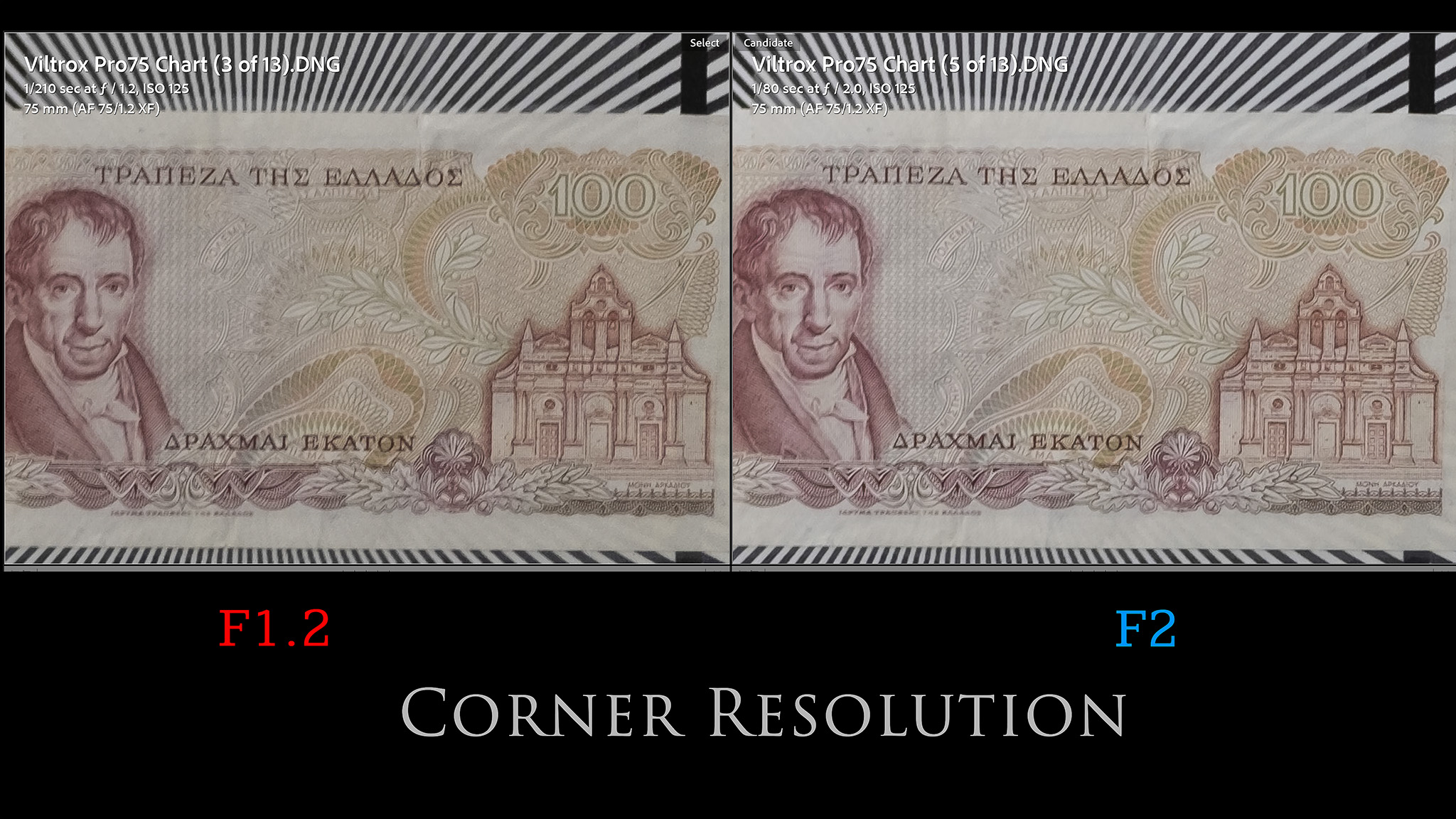
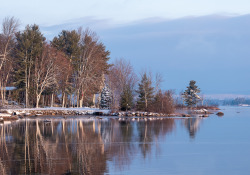


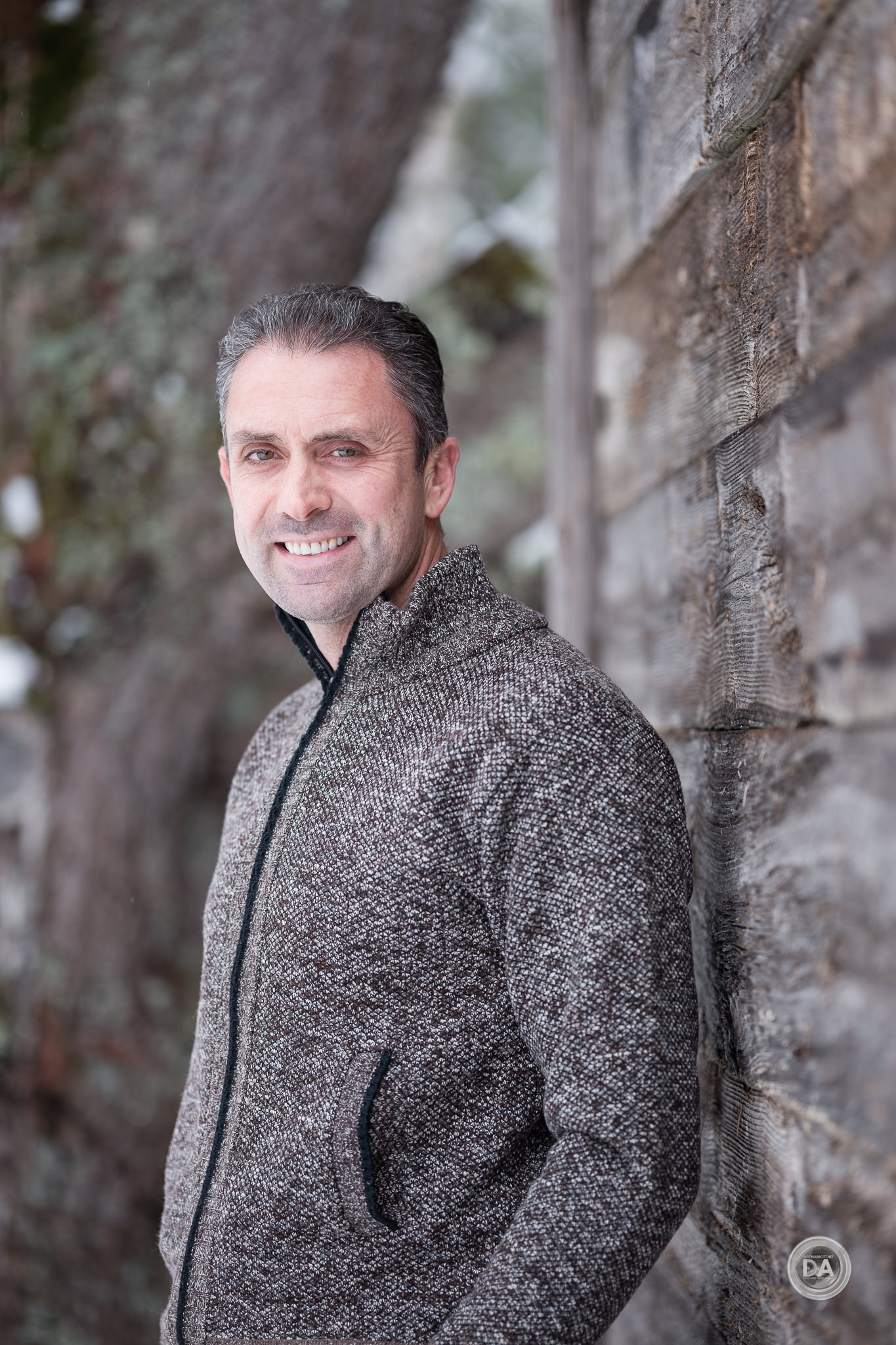


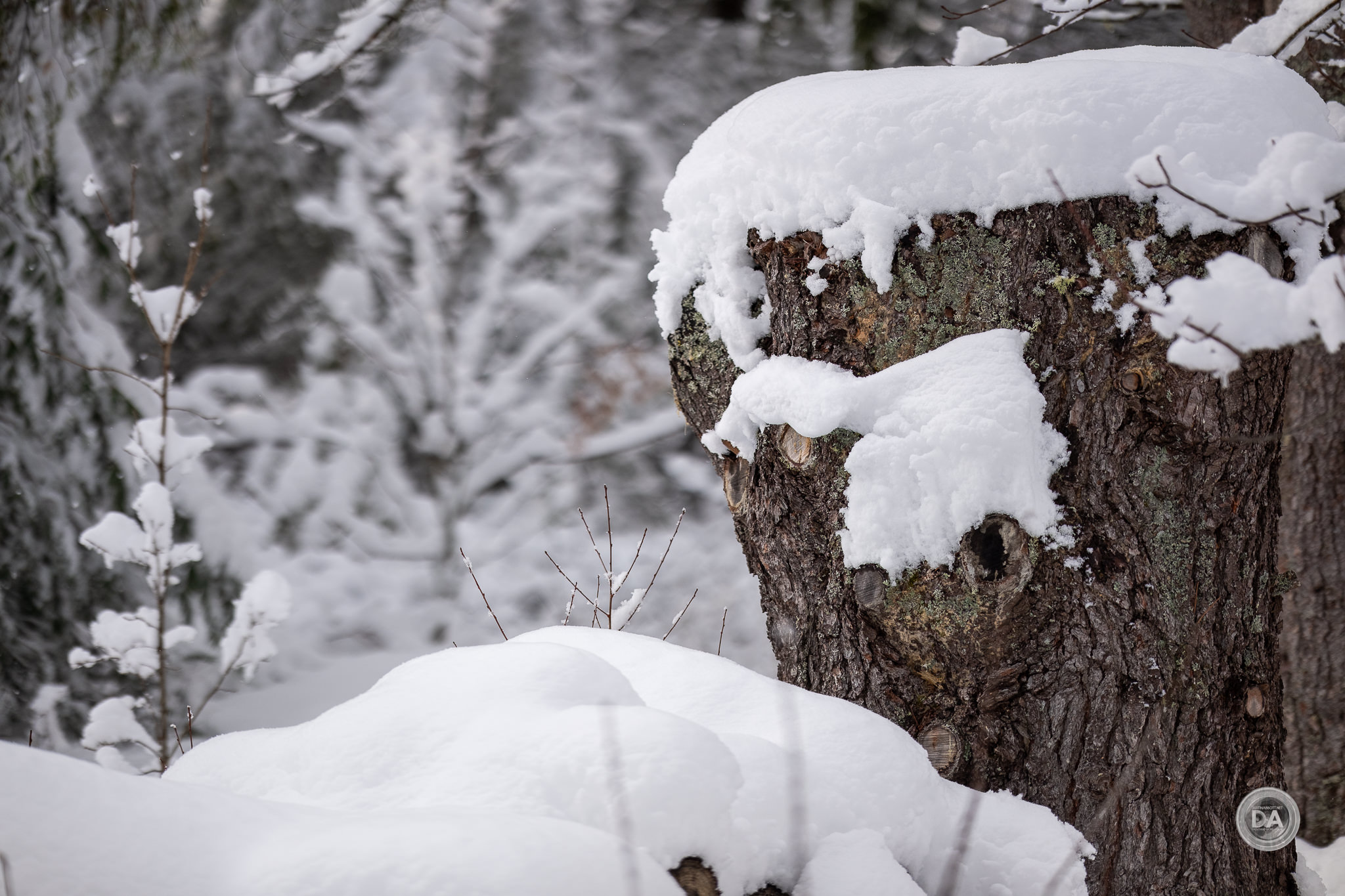
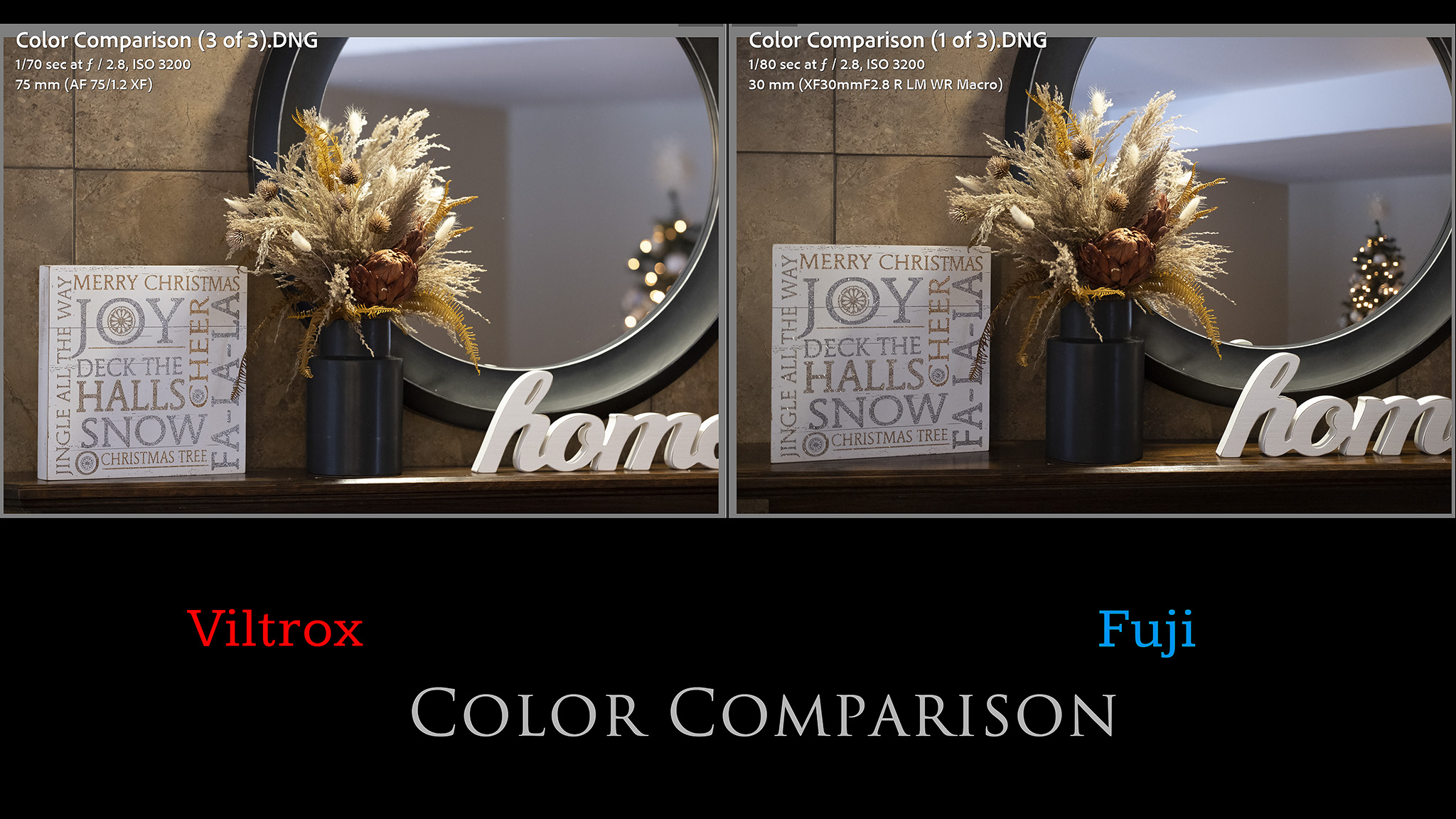
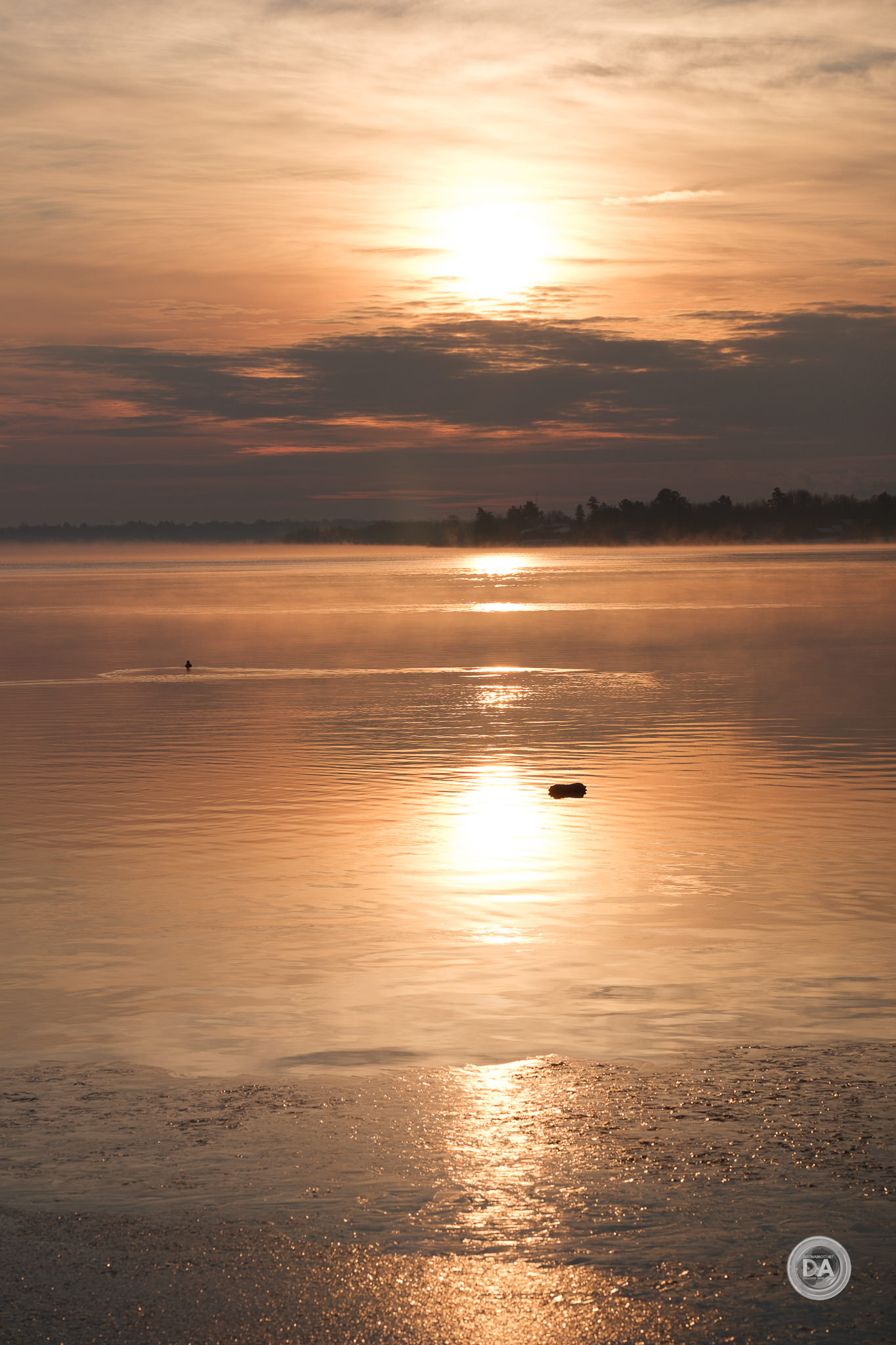
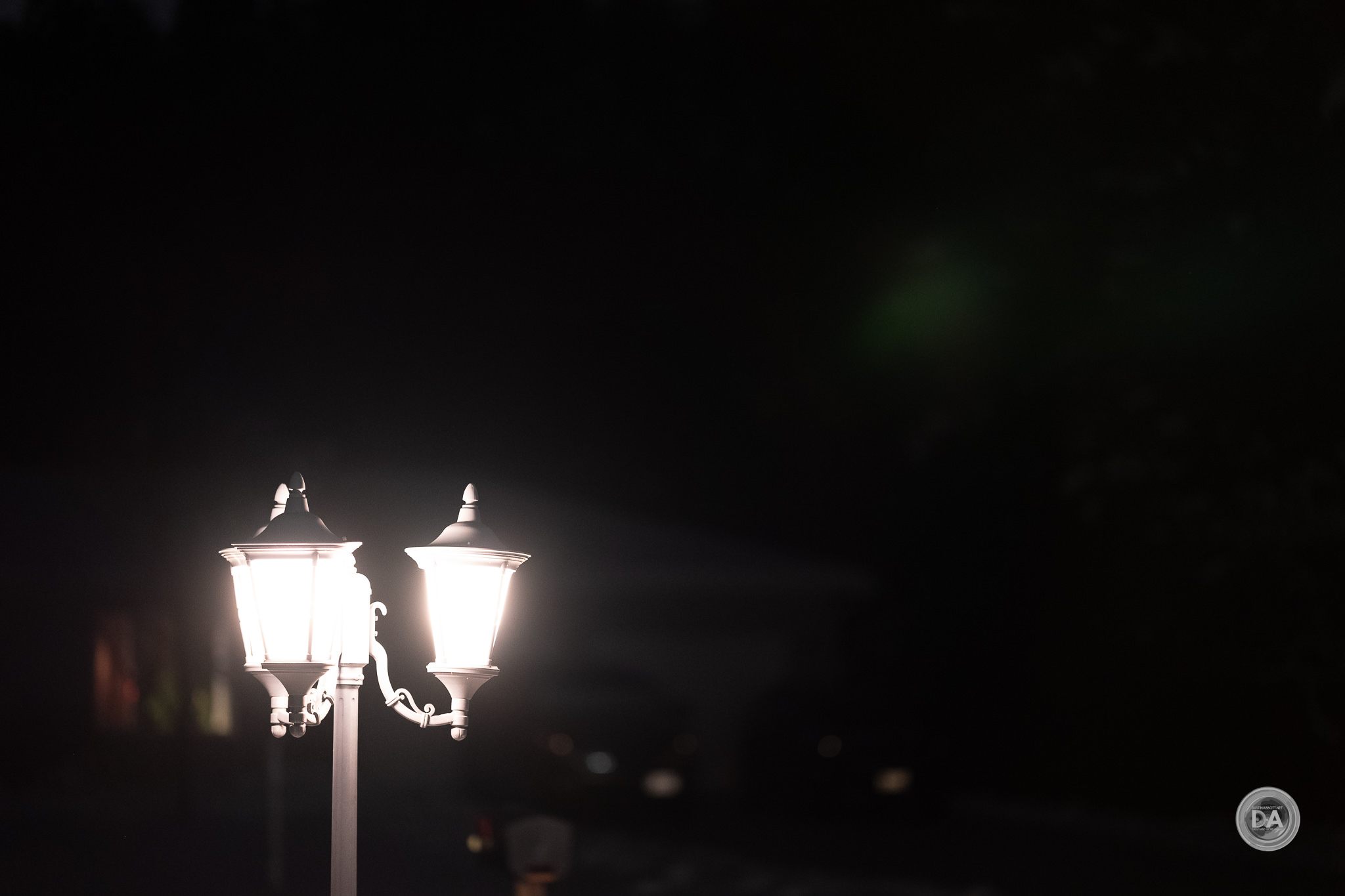
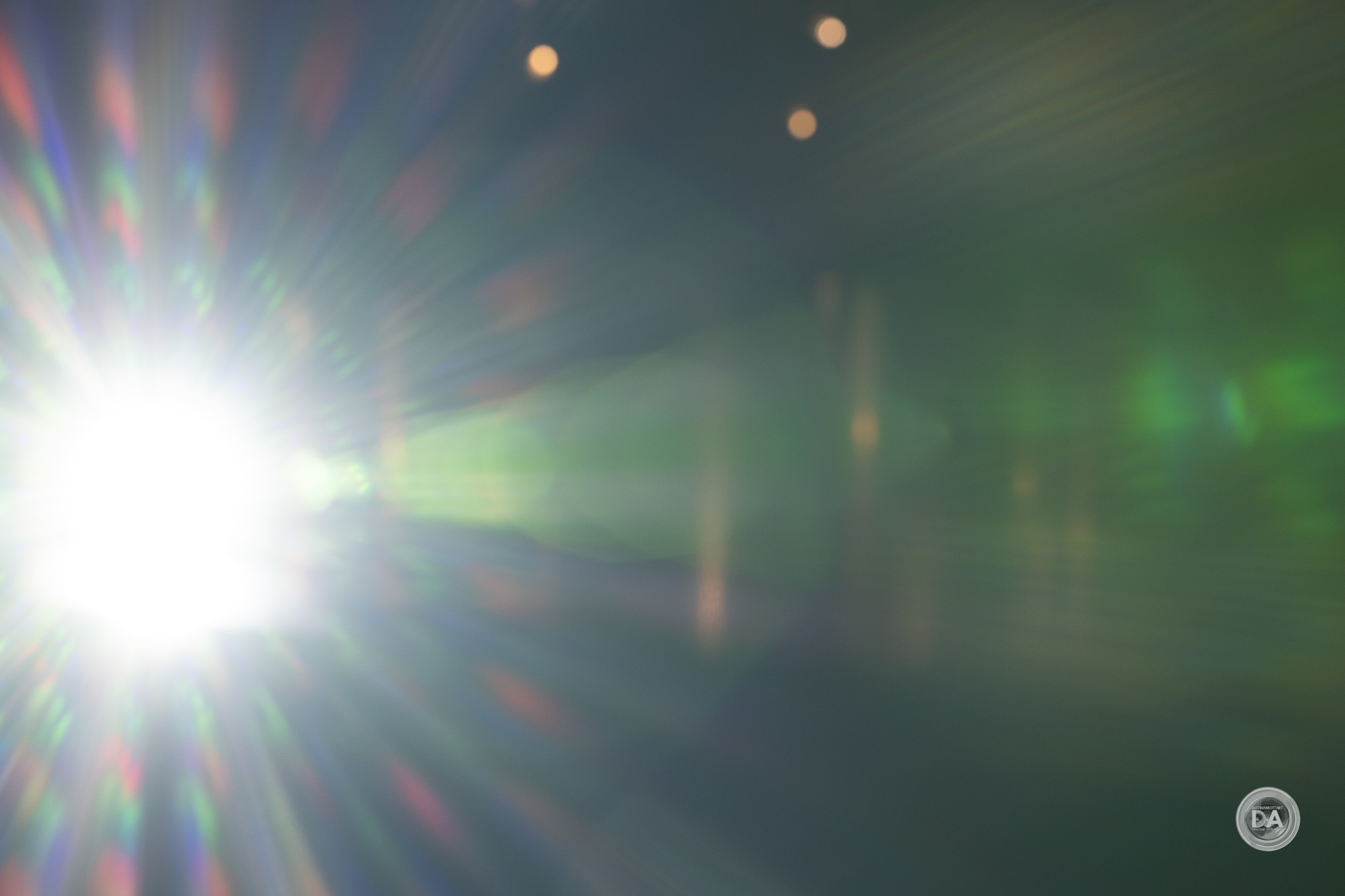
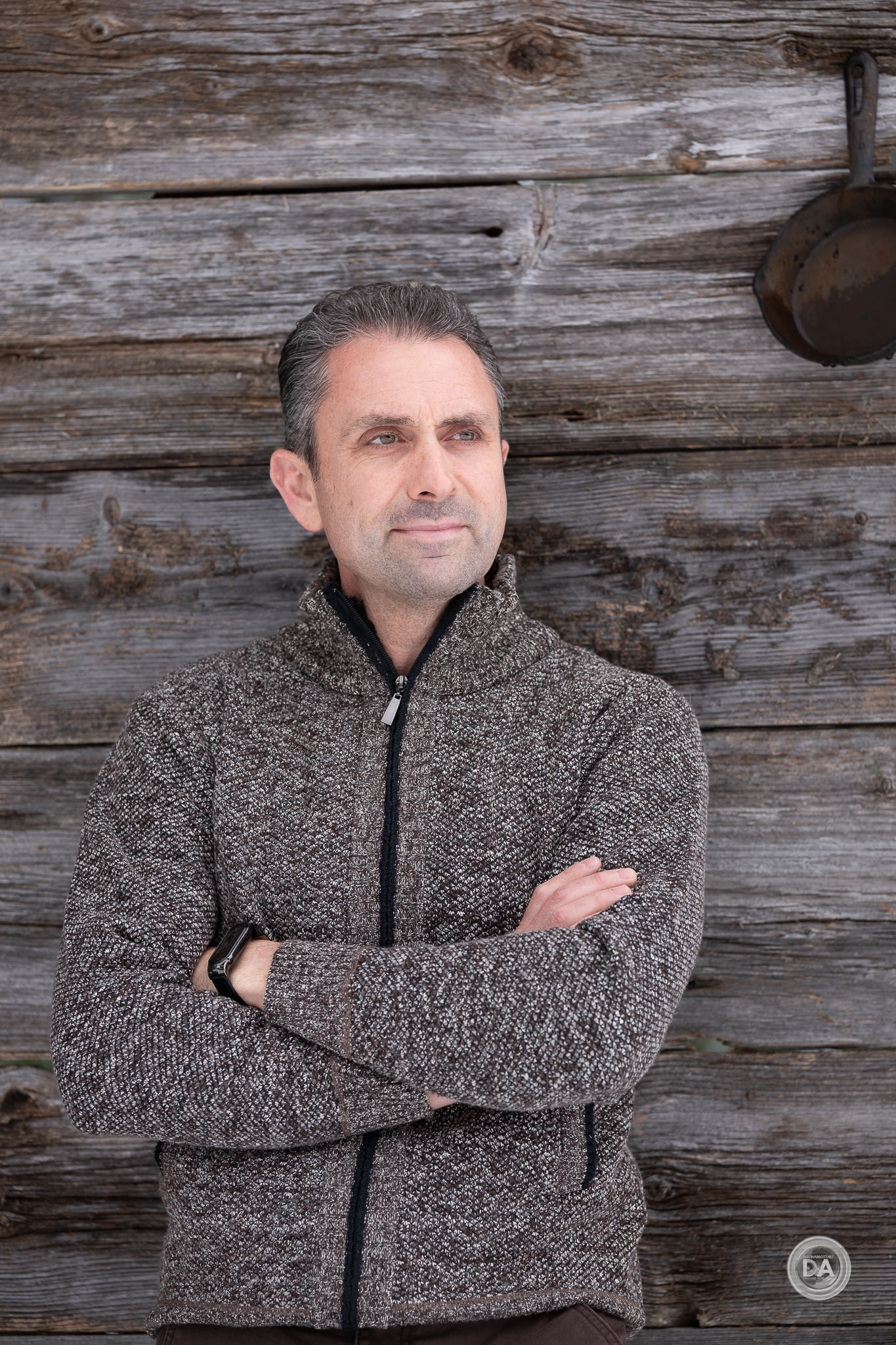

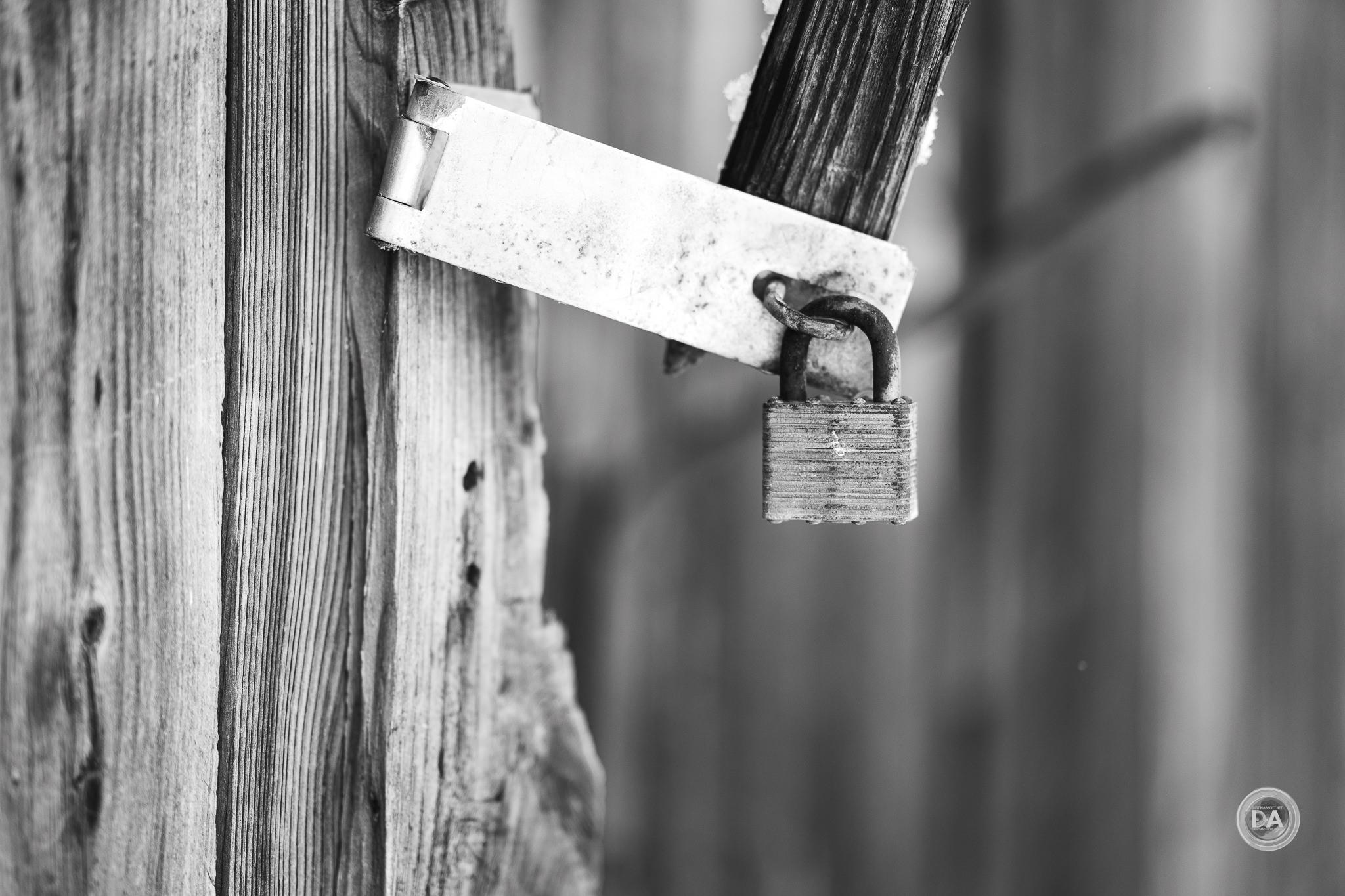














[…] the moment I realized that Viltrox was moving to a whole new level of optical design. I gave that lens a glowing review because it was completely next level. It was big and heavy, yes, but it was just optically […]
[…] the moment I realized that Viltrox was moving to a whole new level of optical design. I gave that lens a glowing review because it was completely next level. It was big and heavy, yes, but it was just optically […]